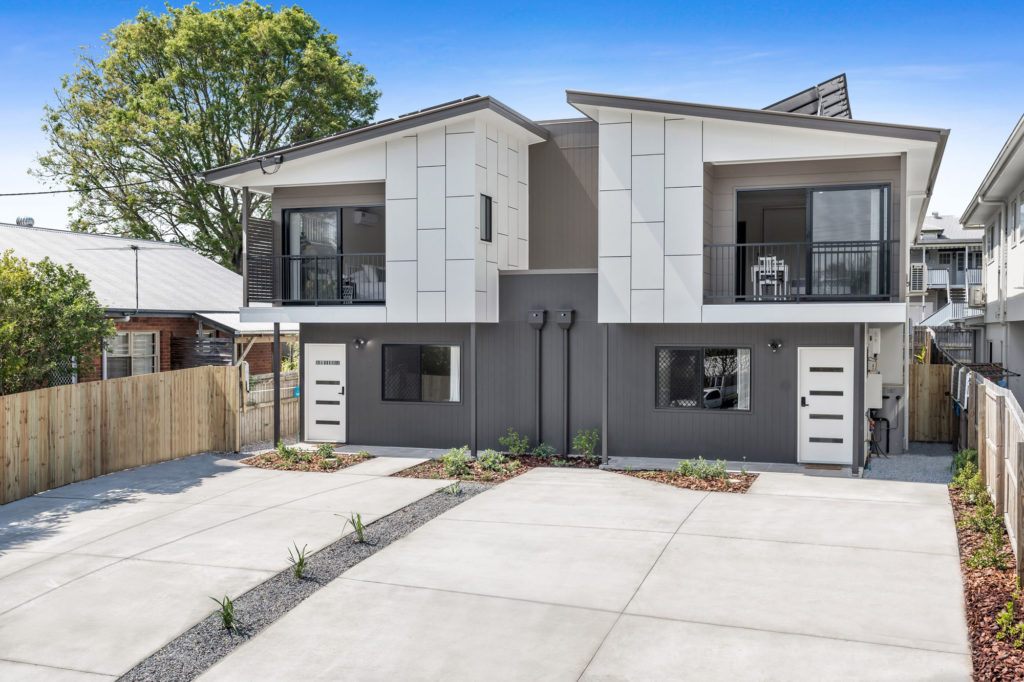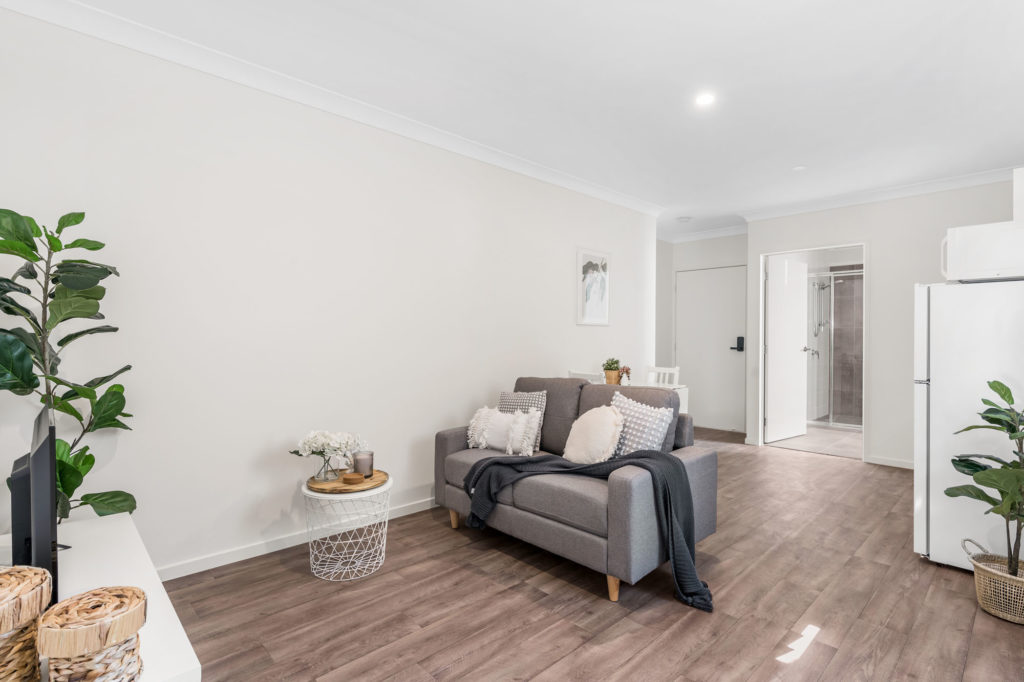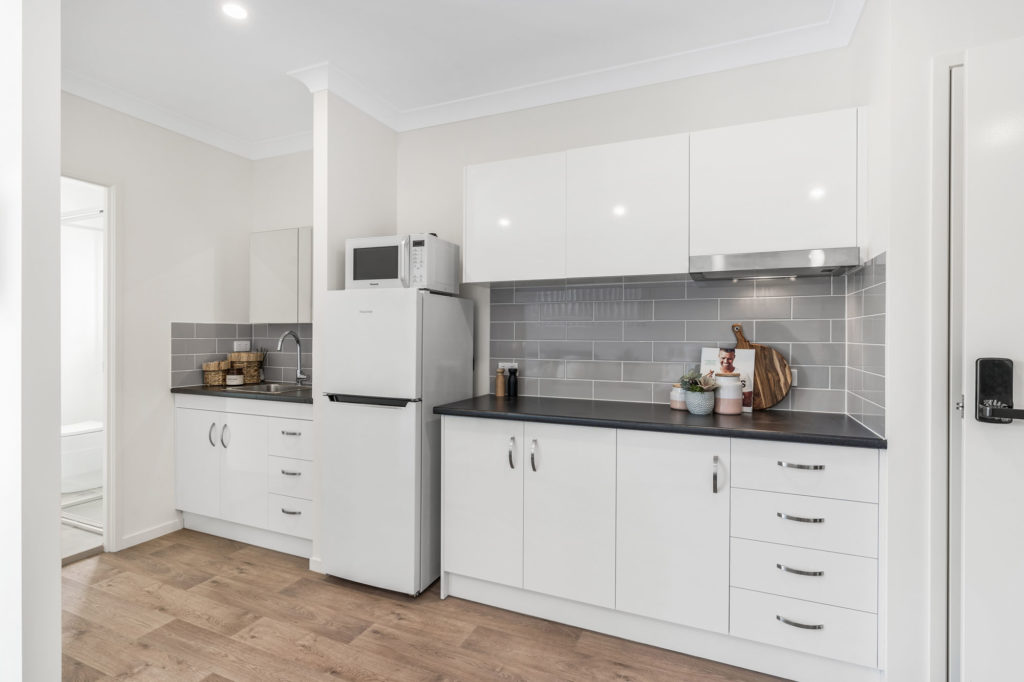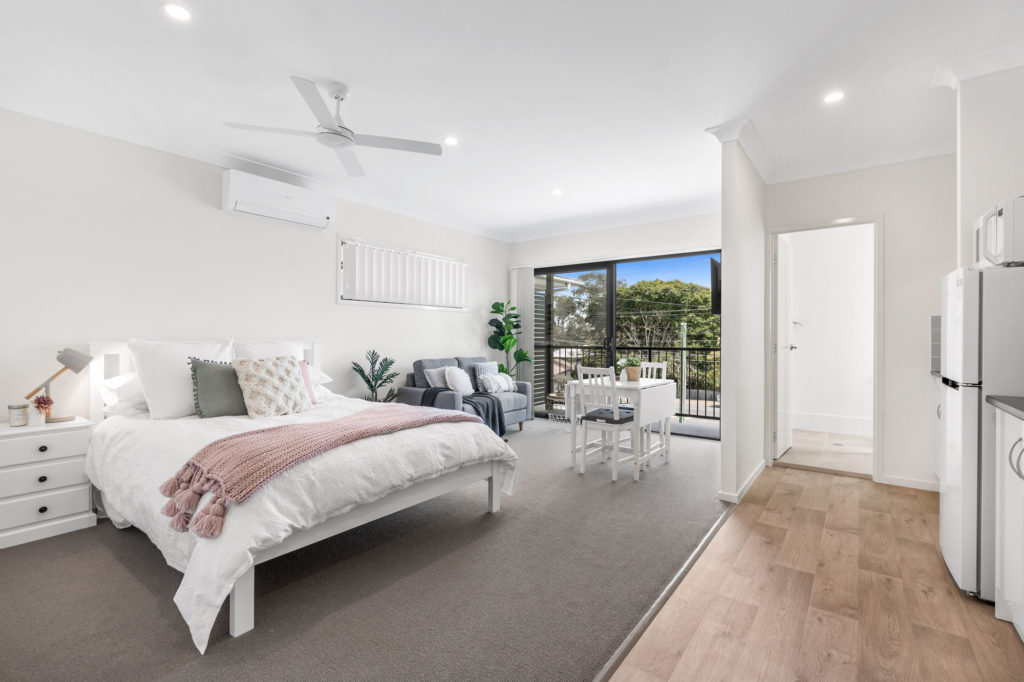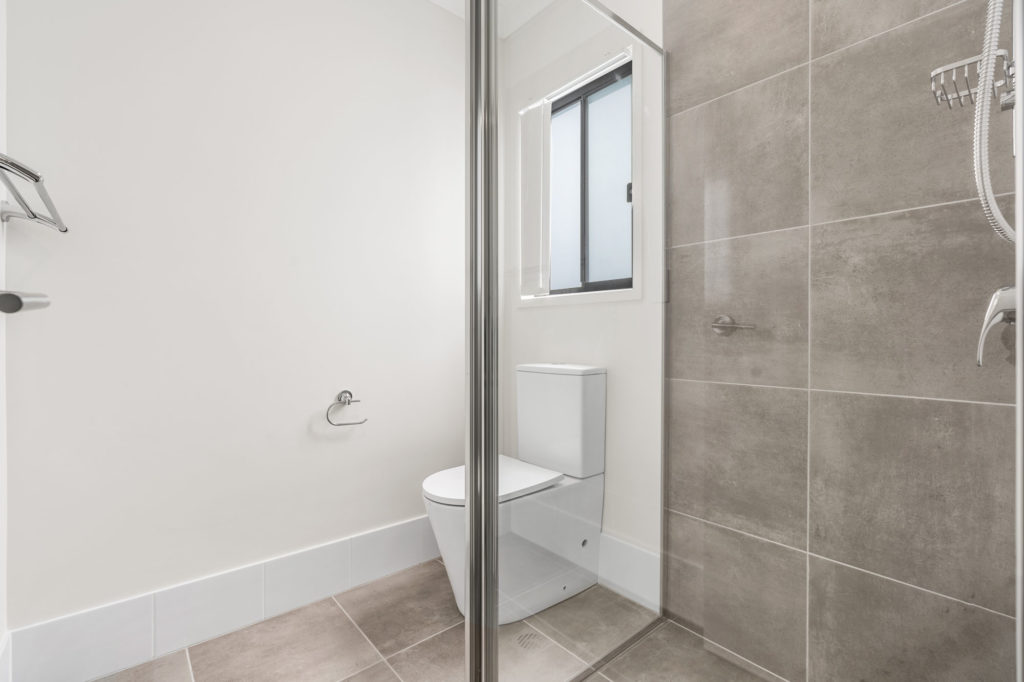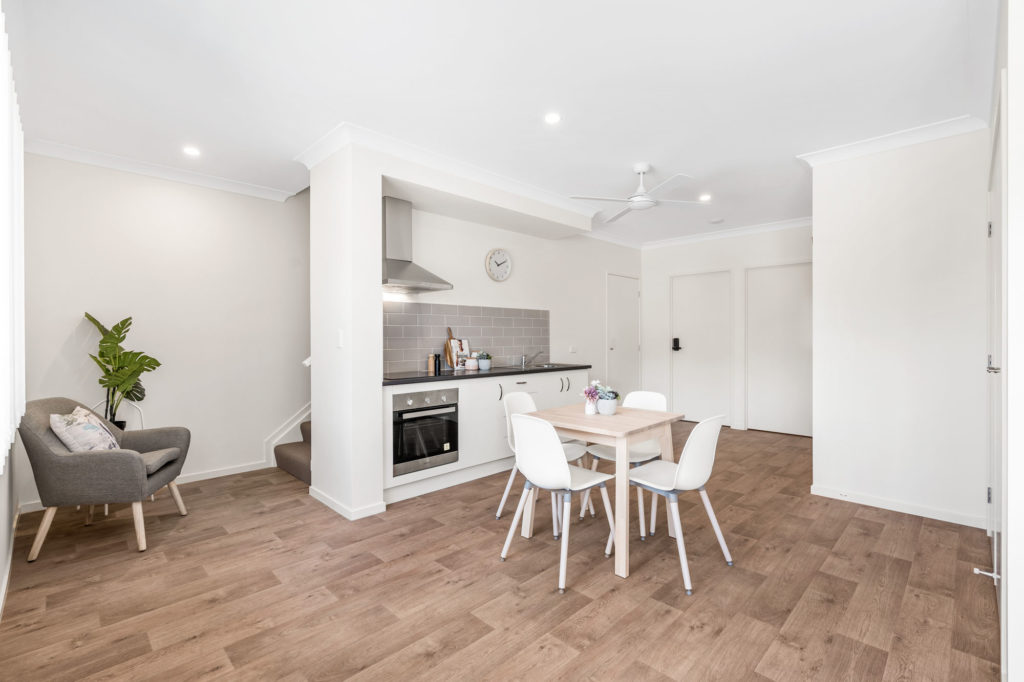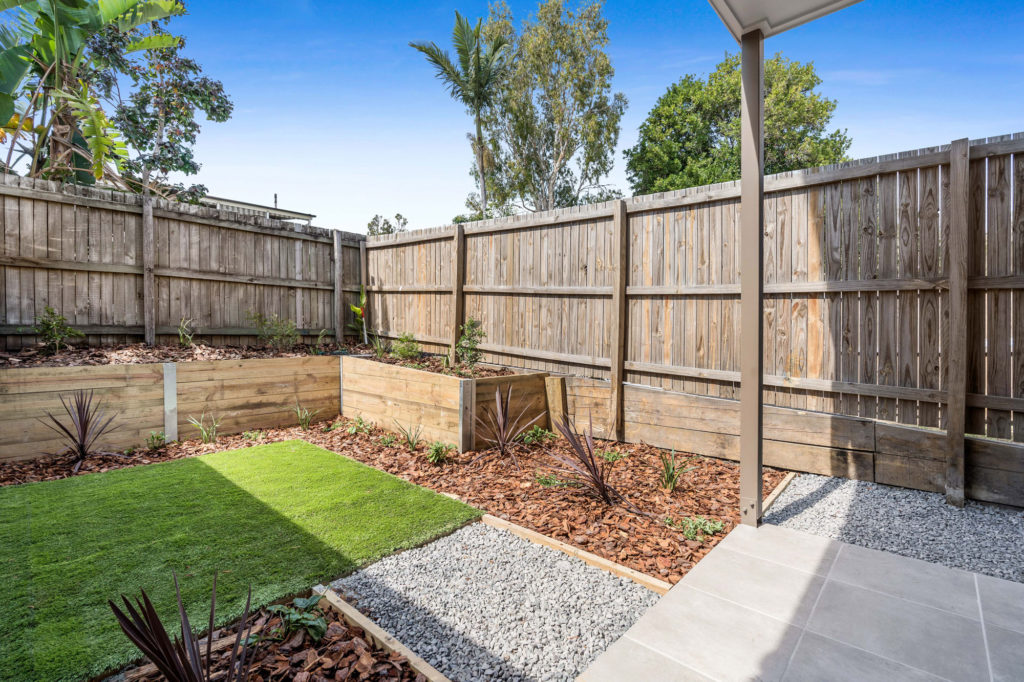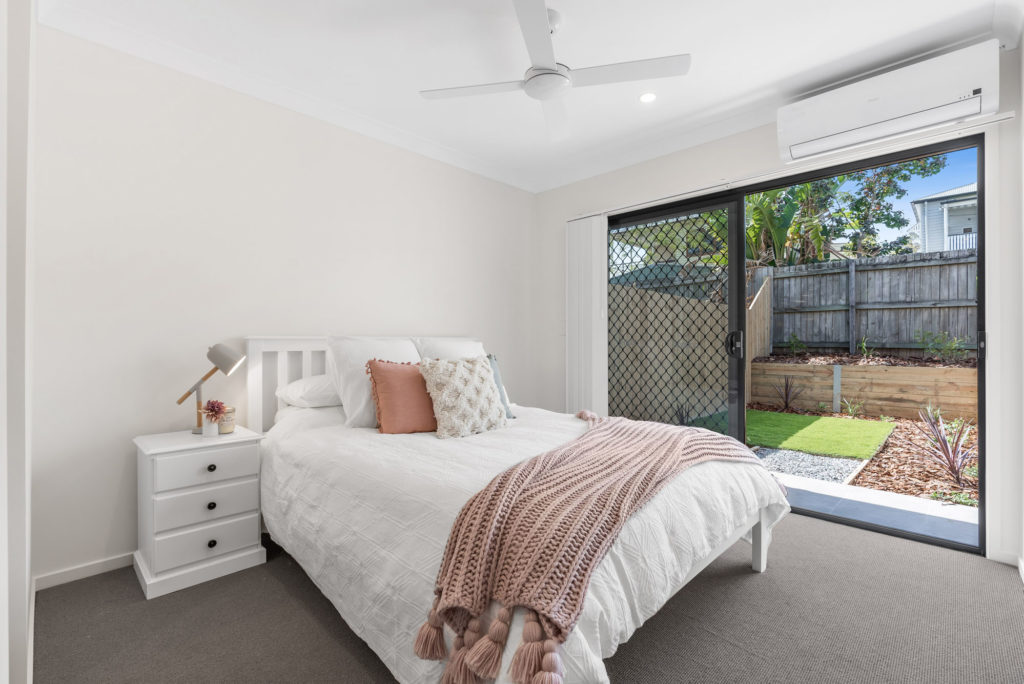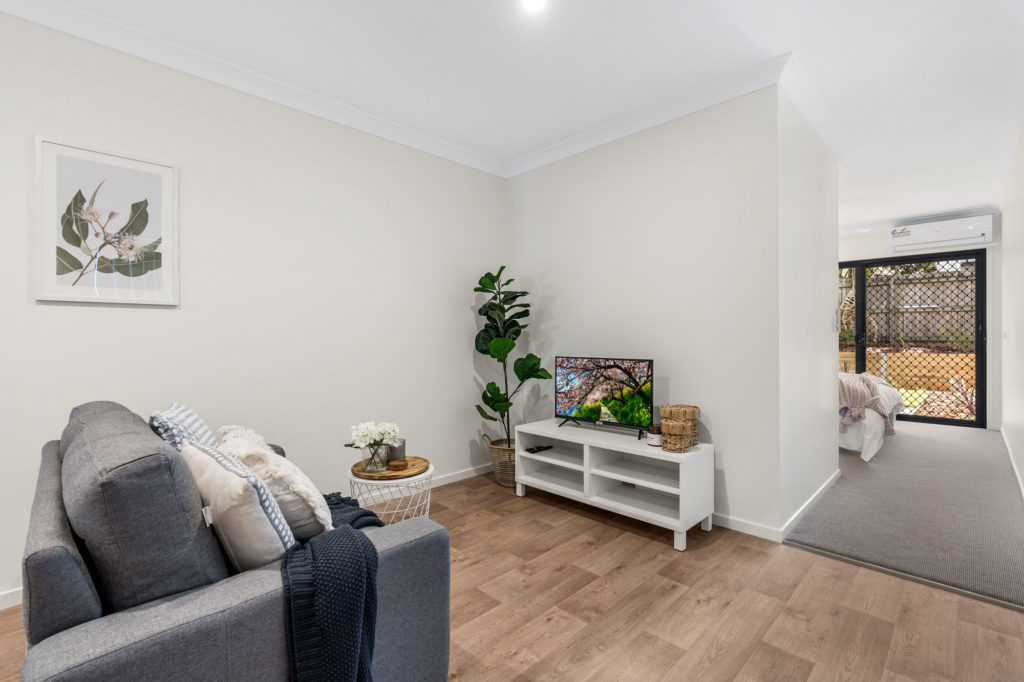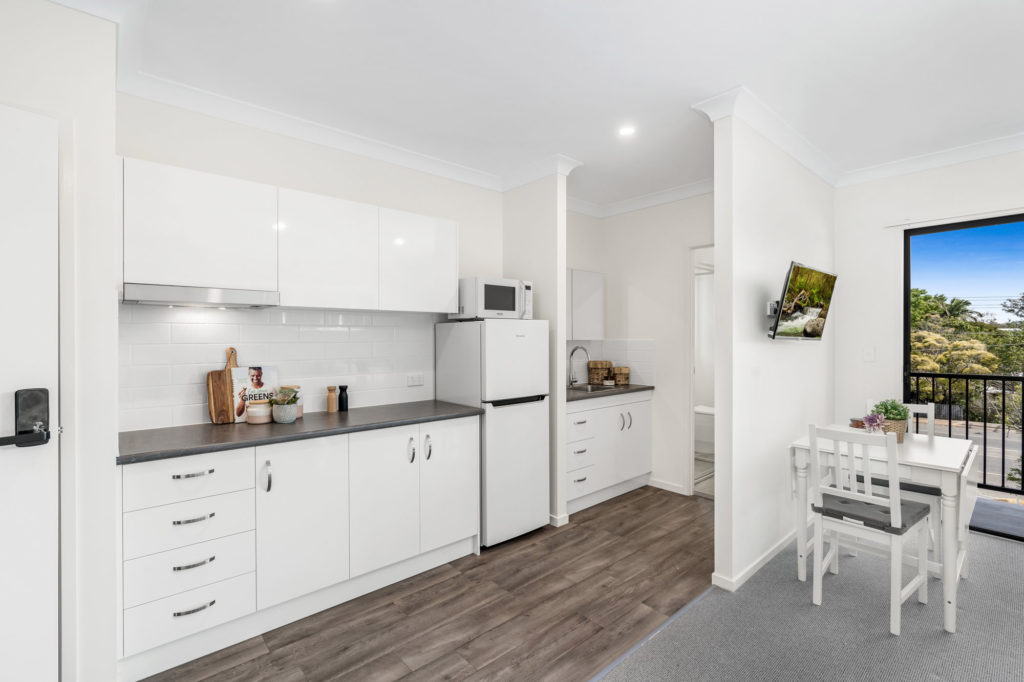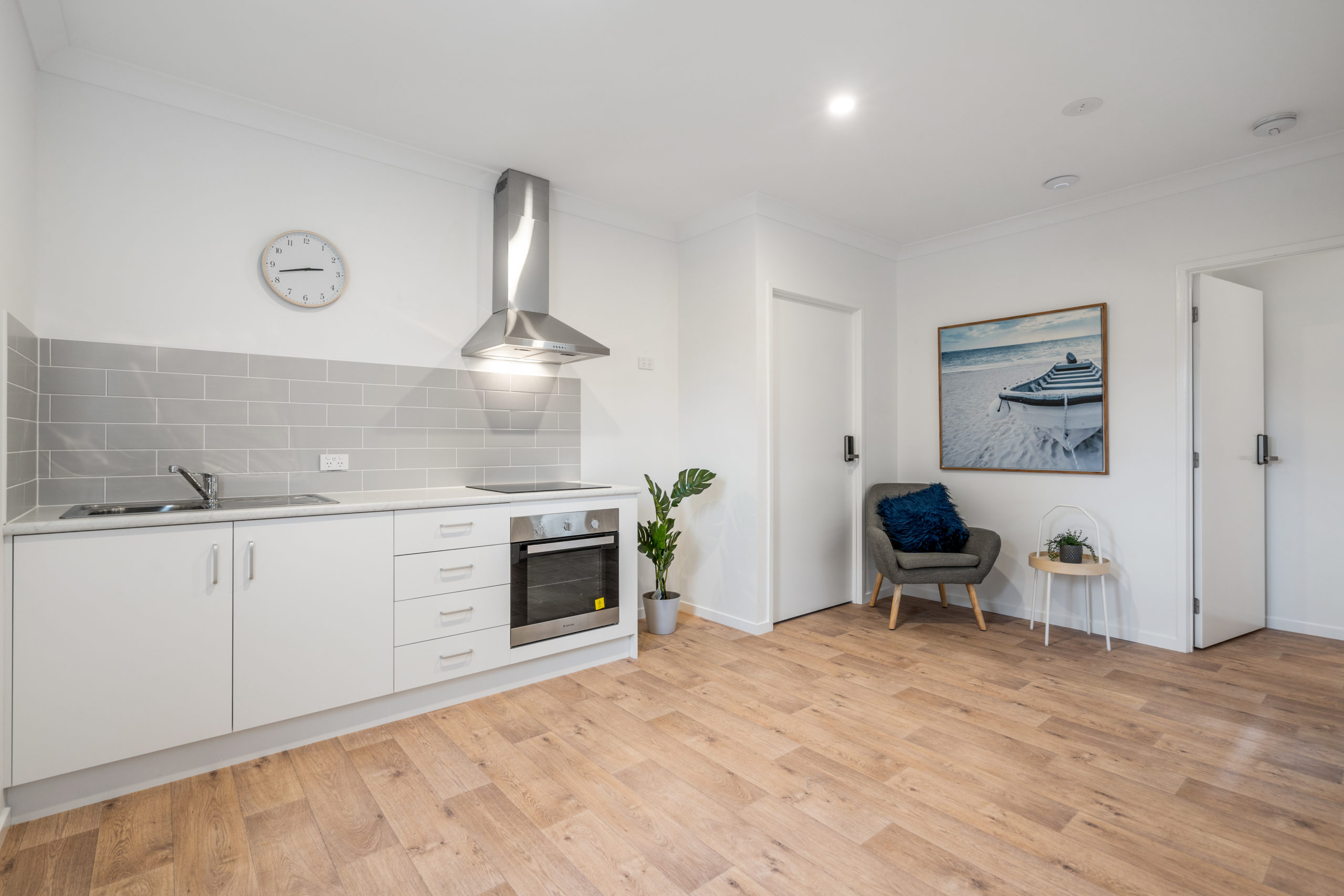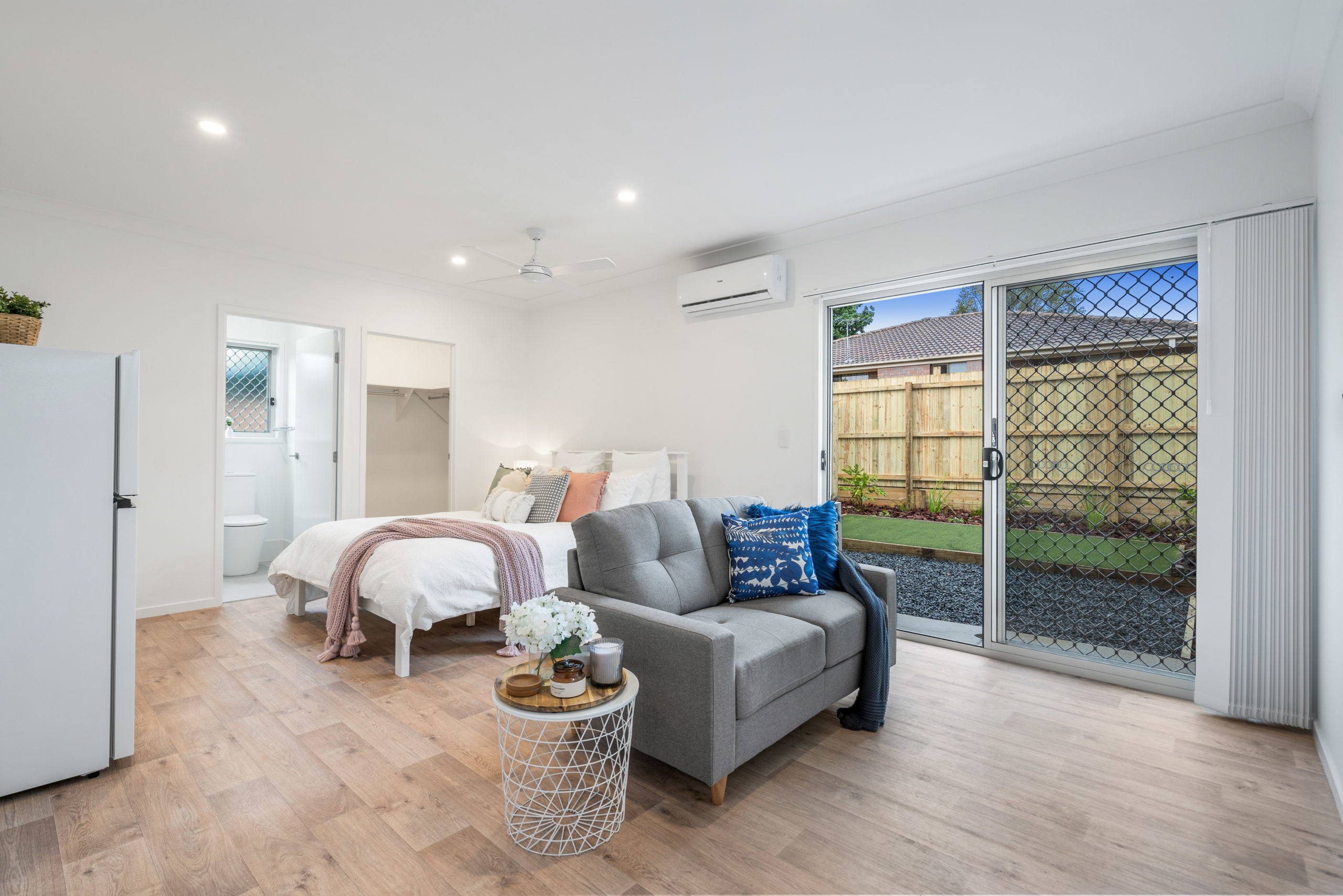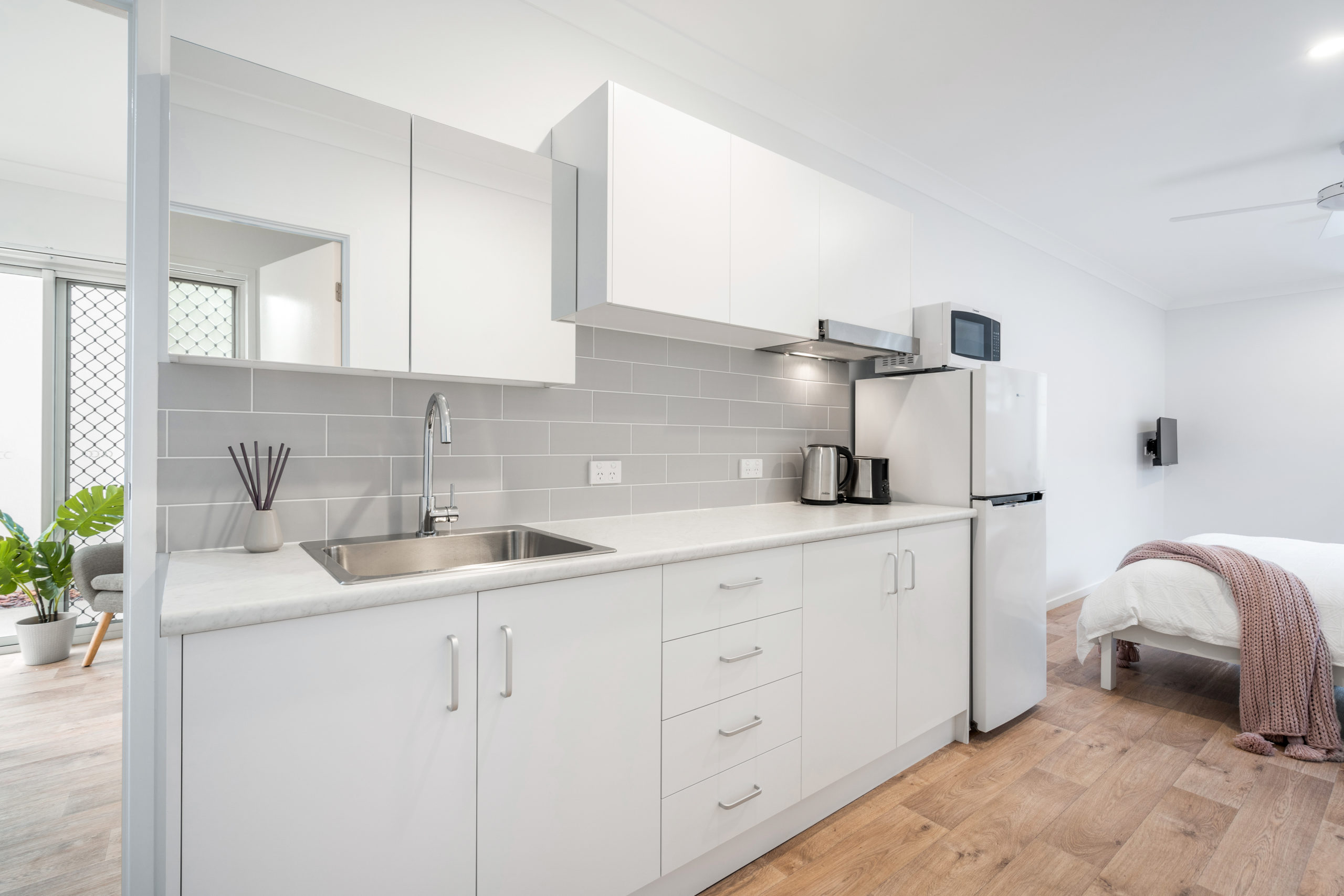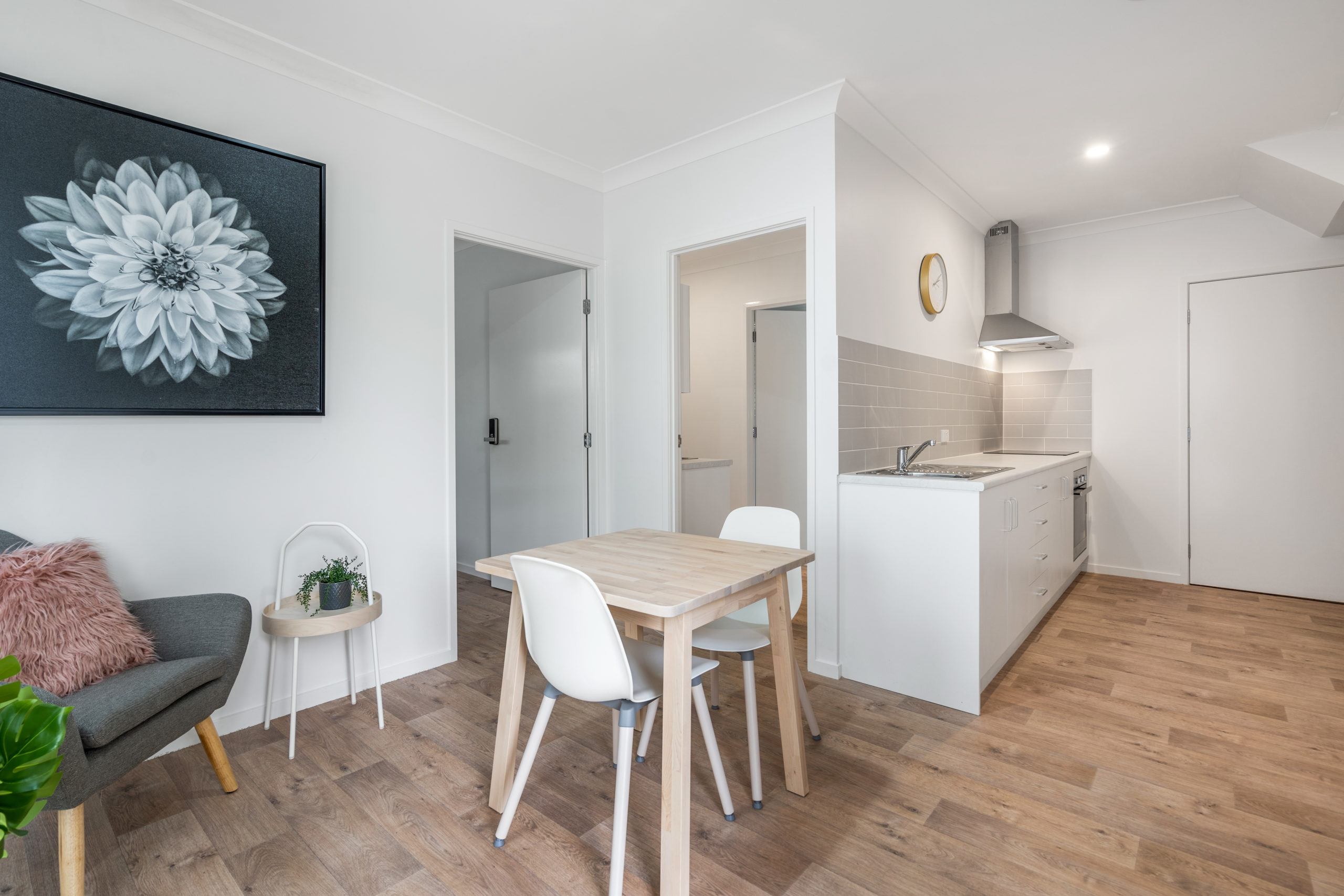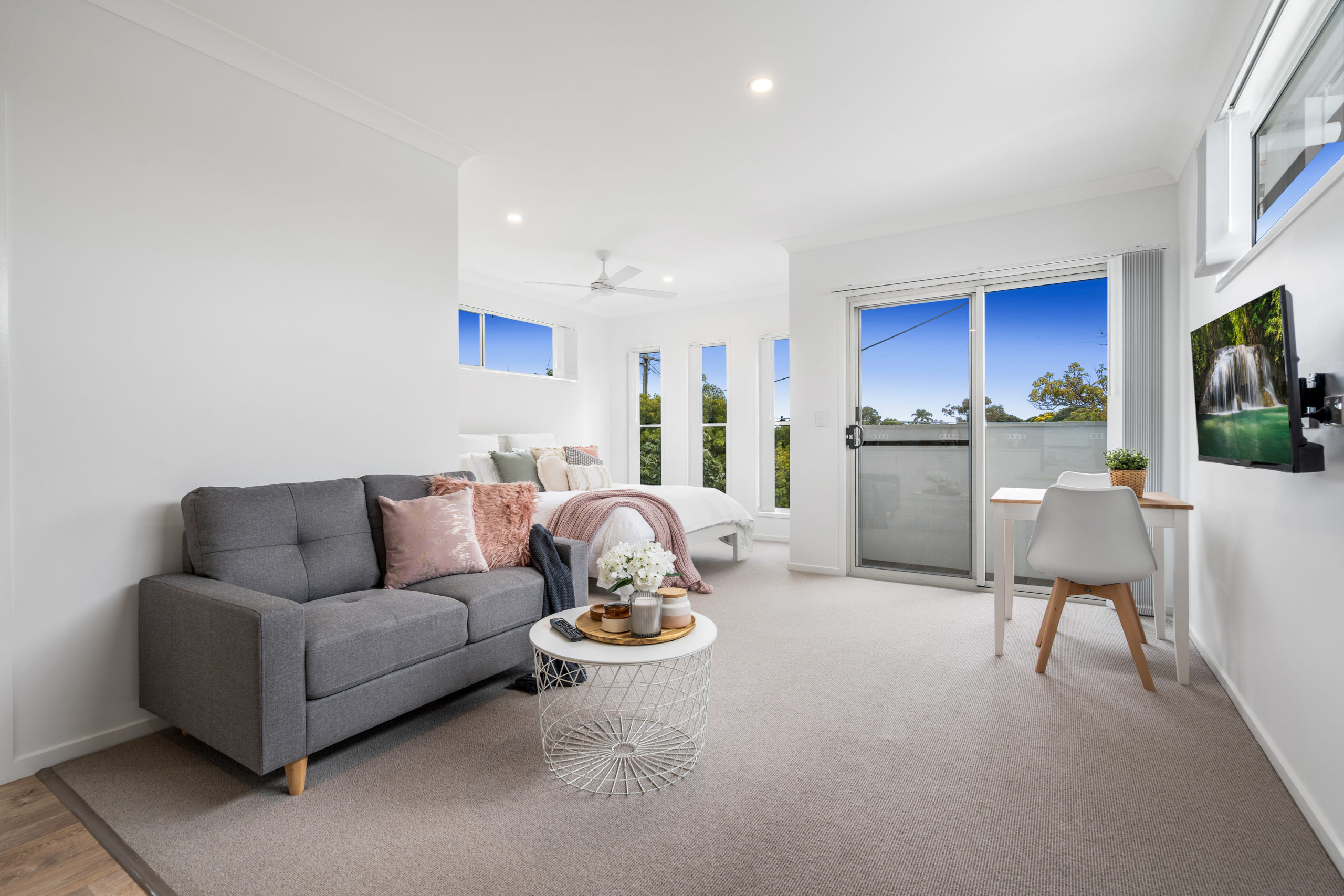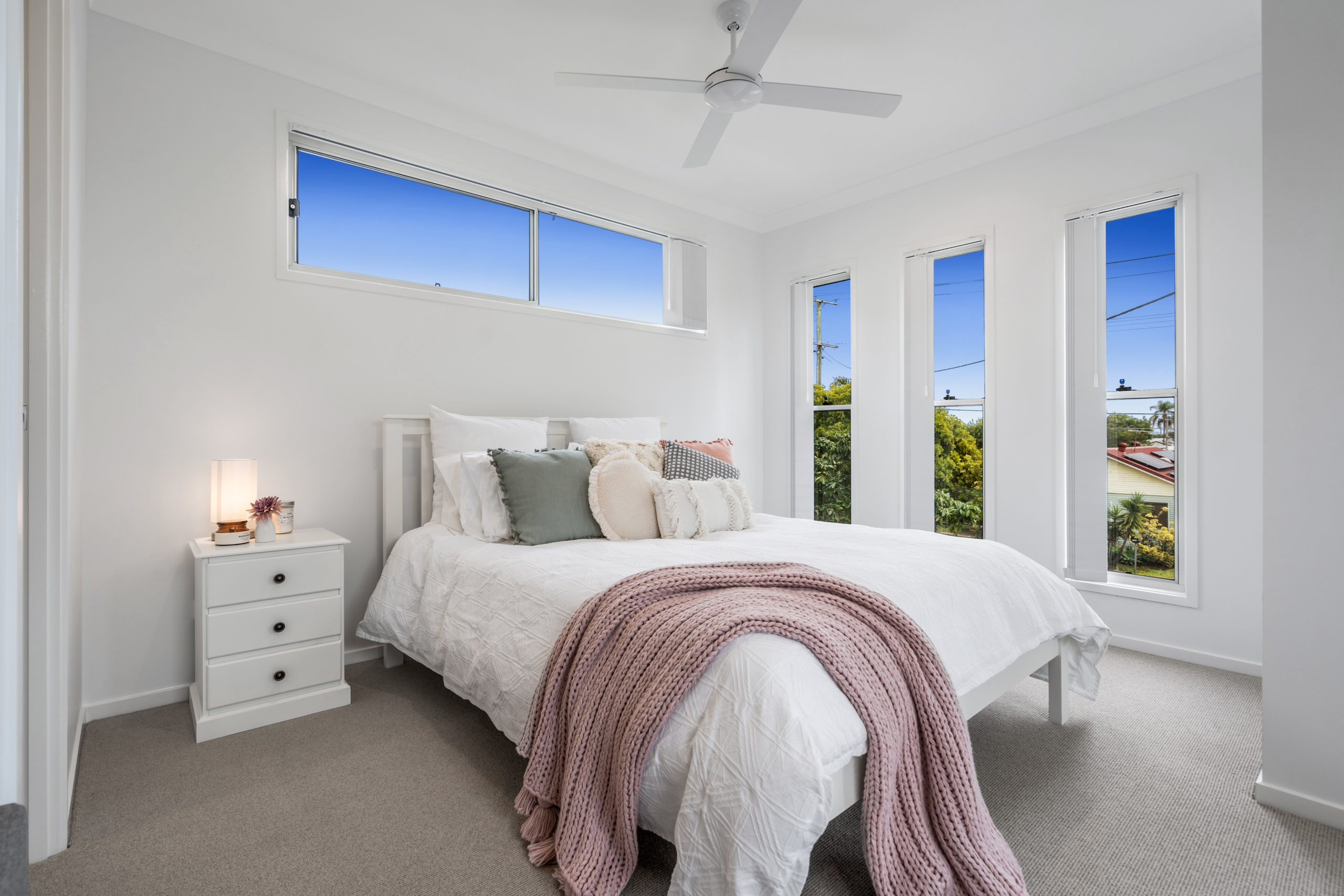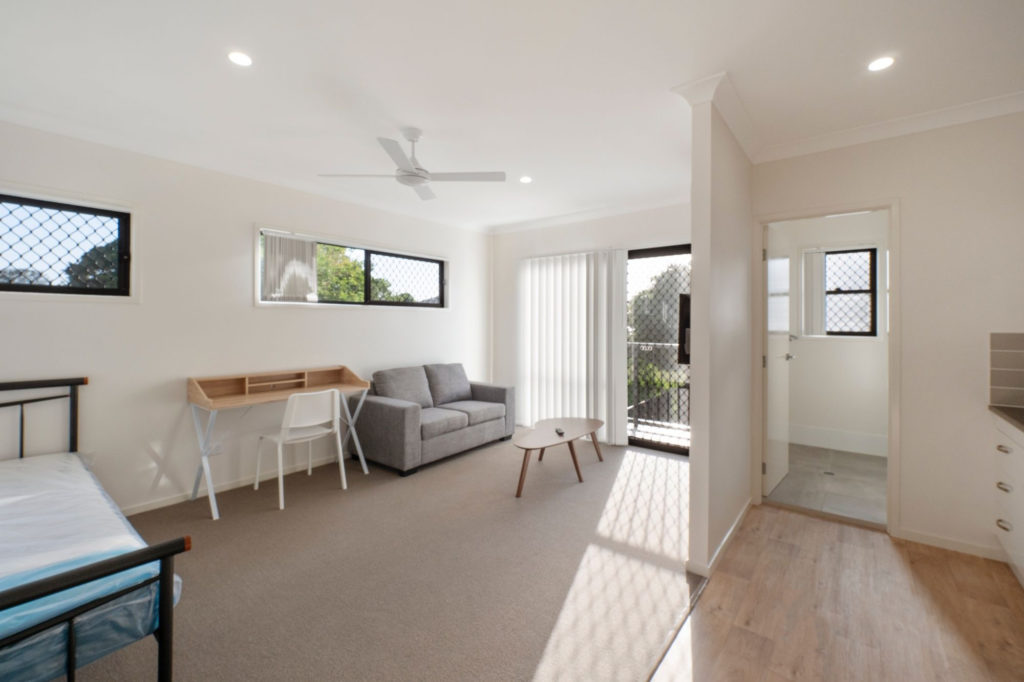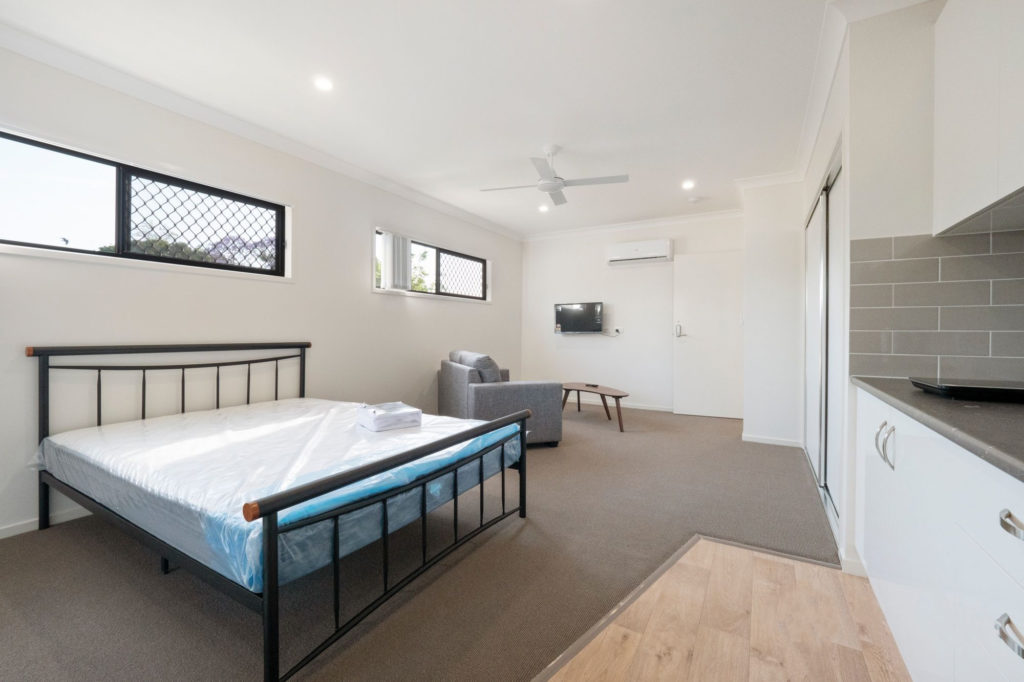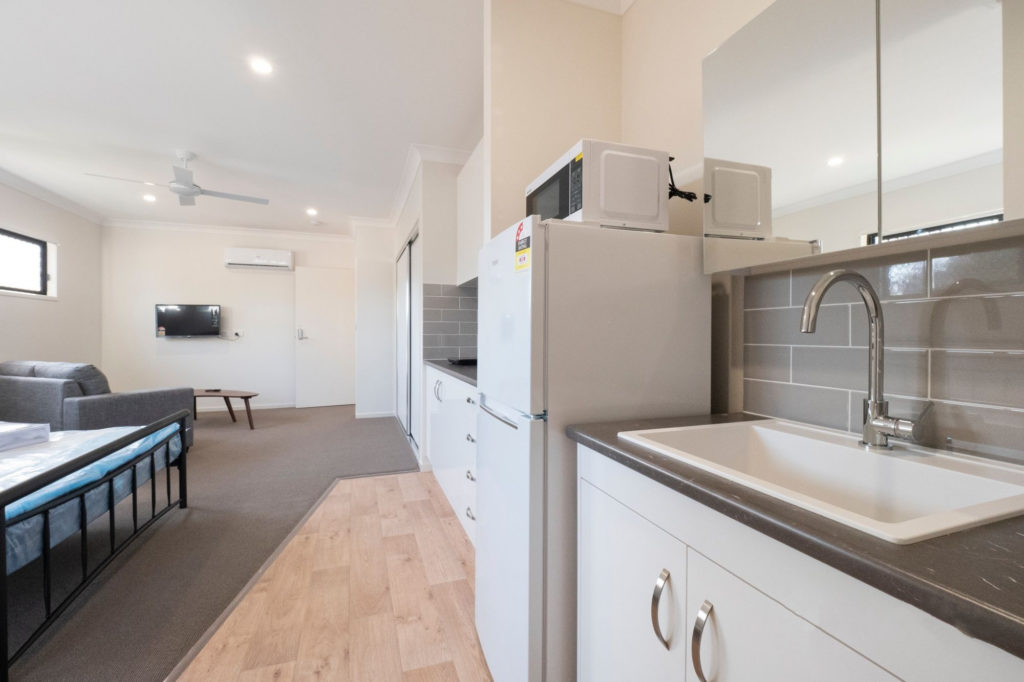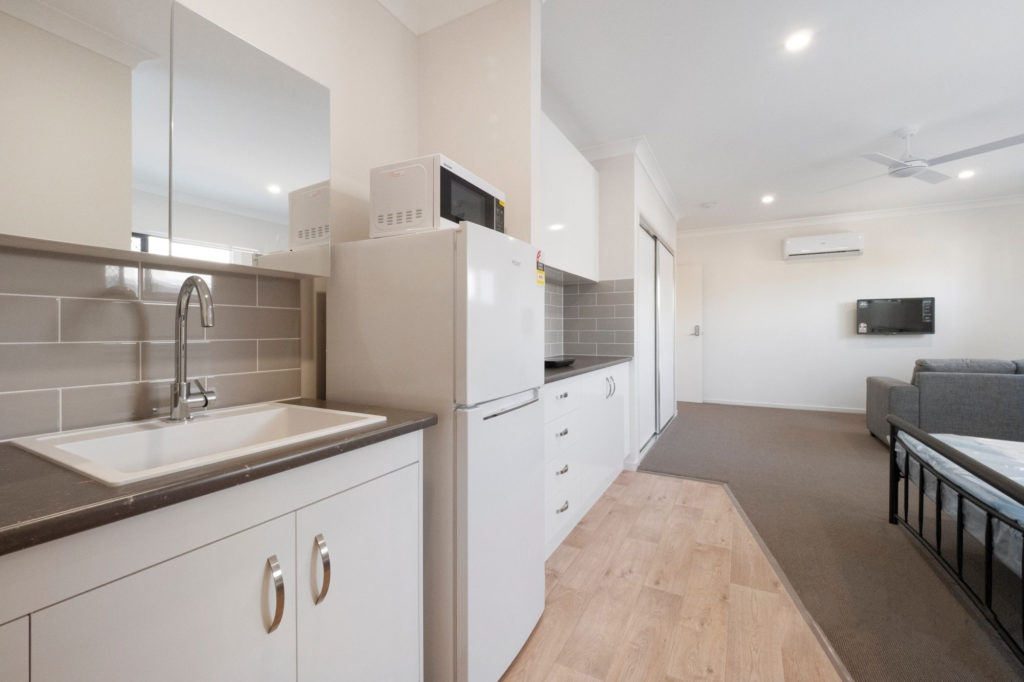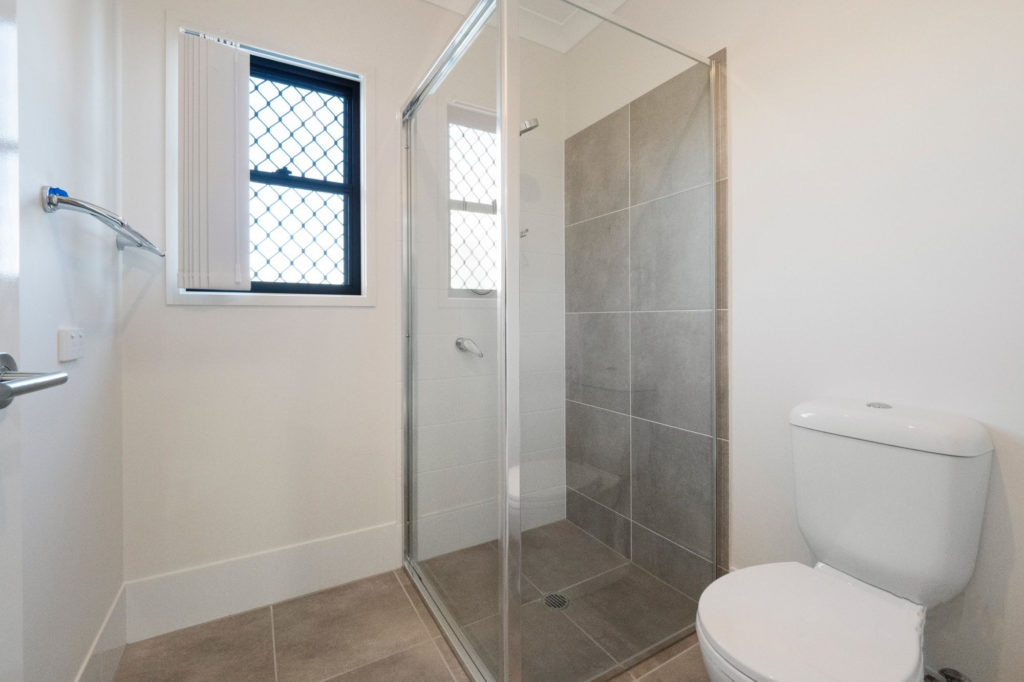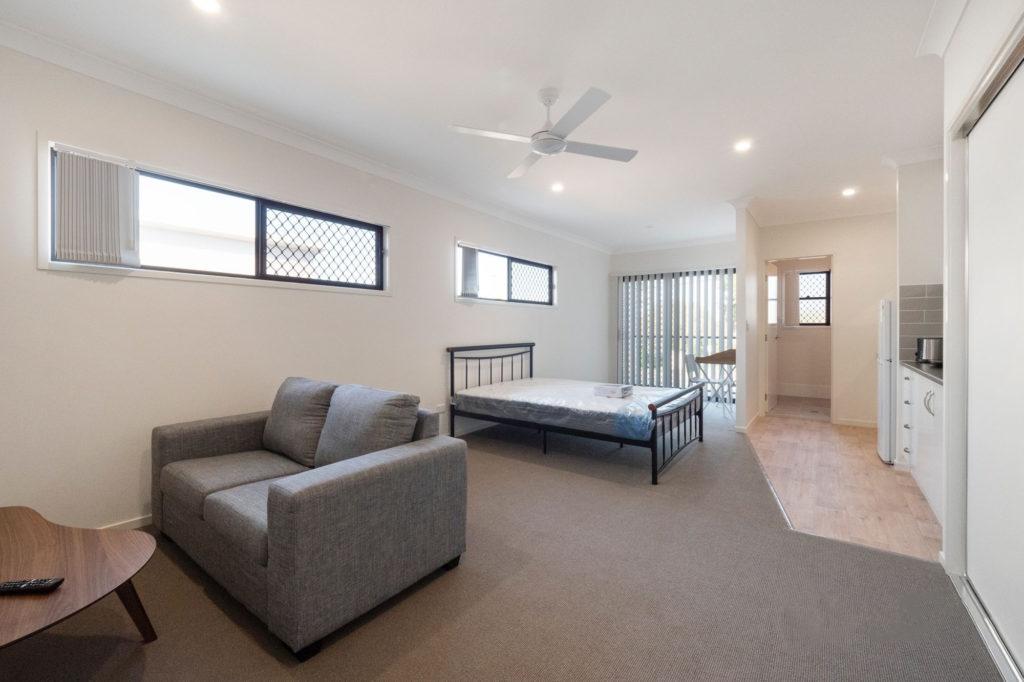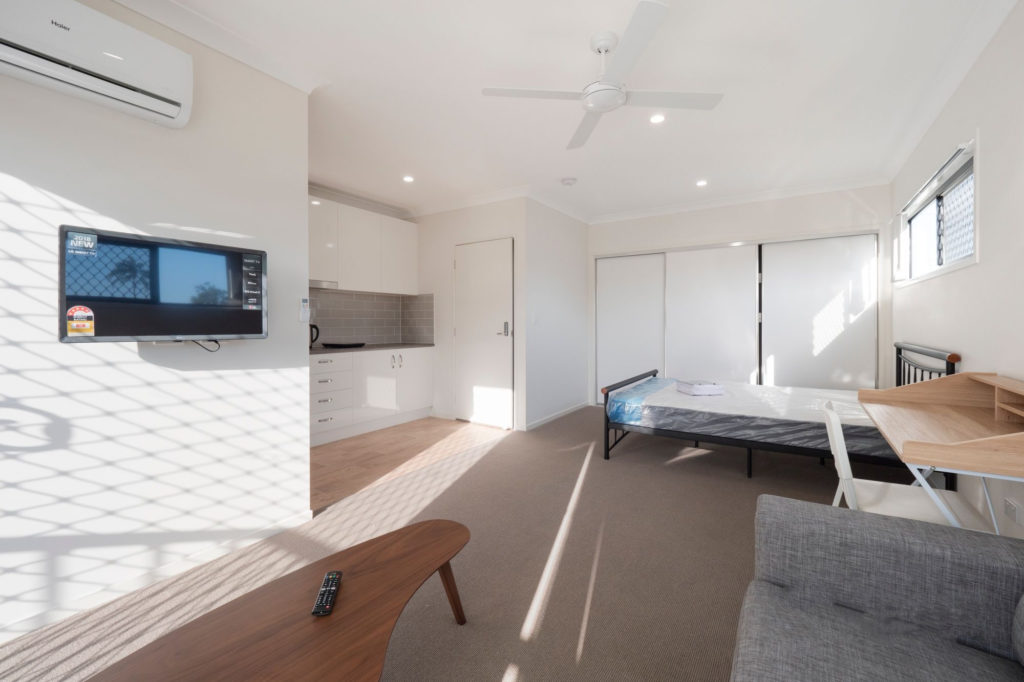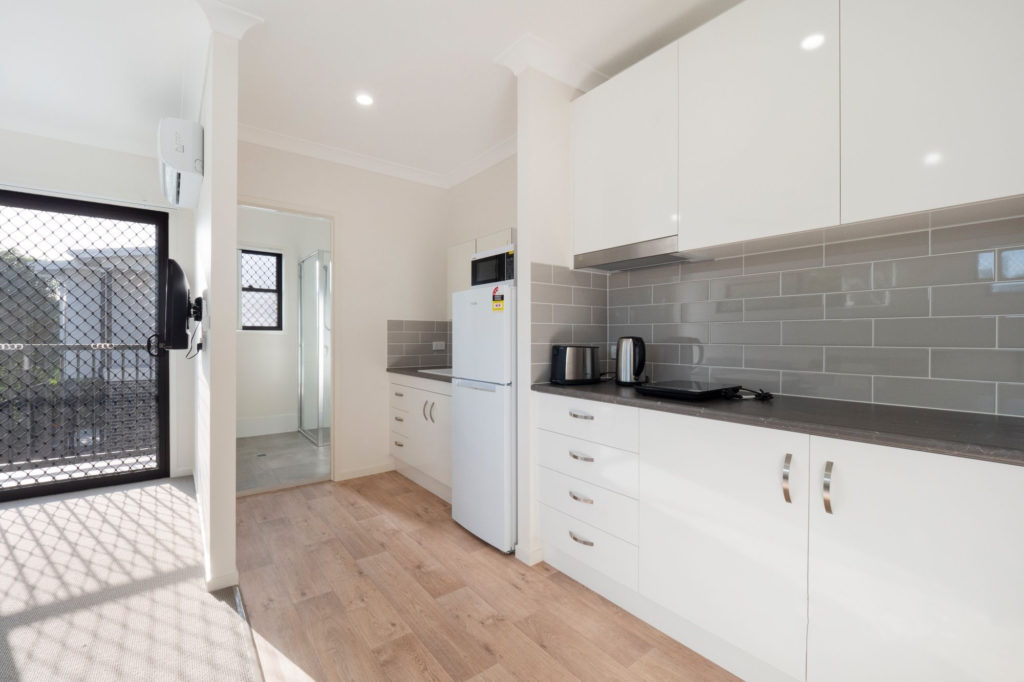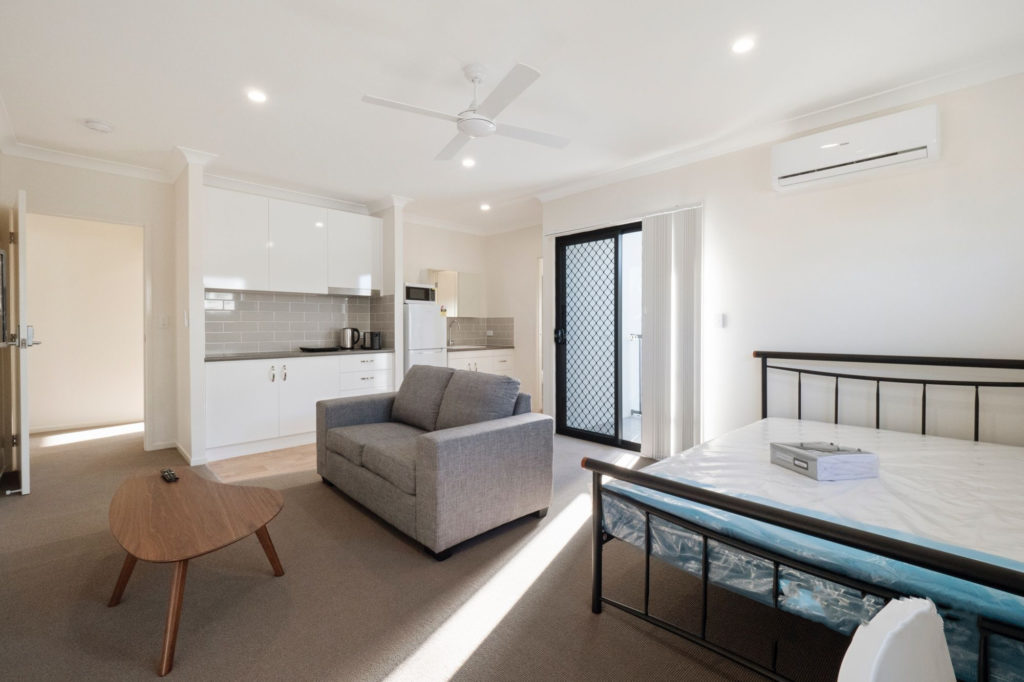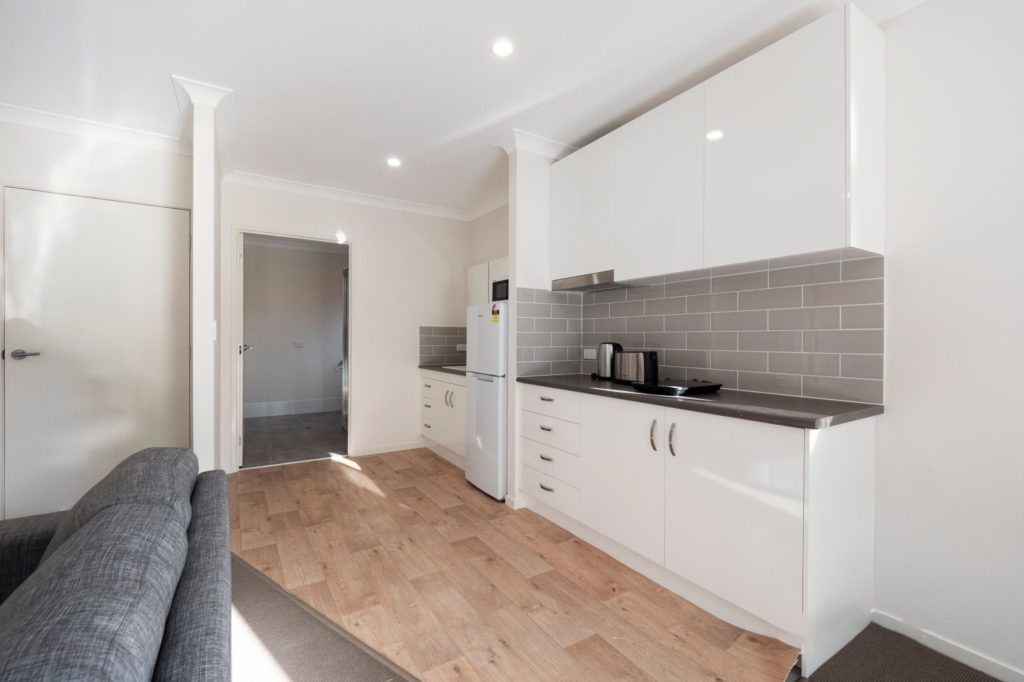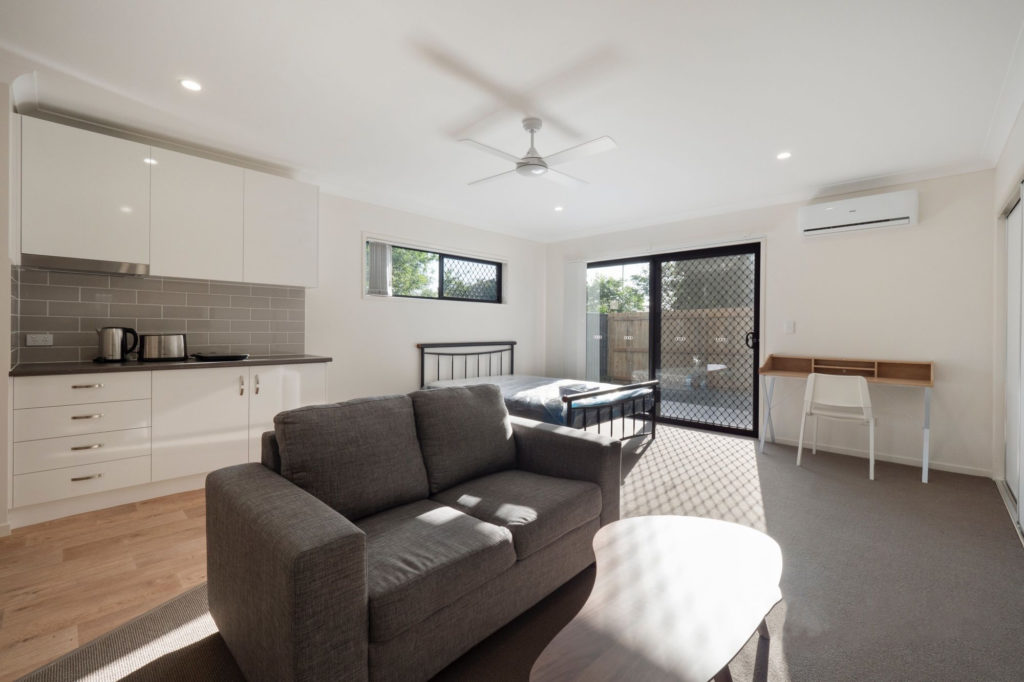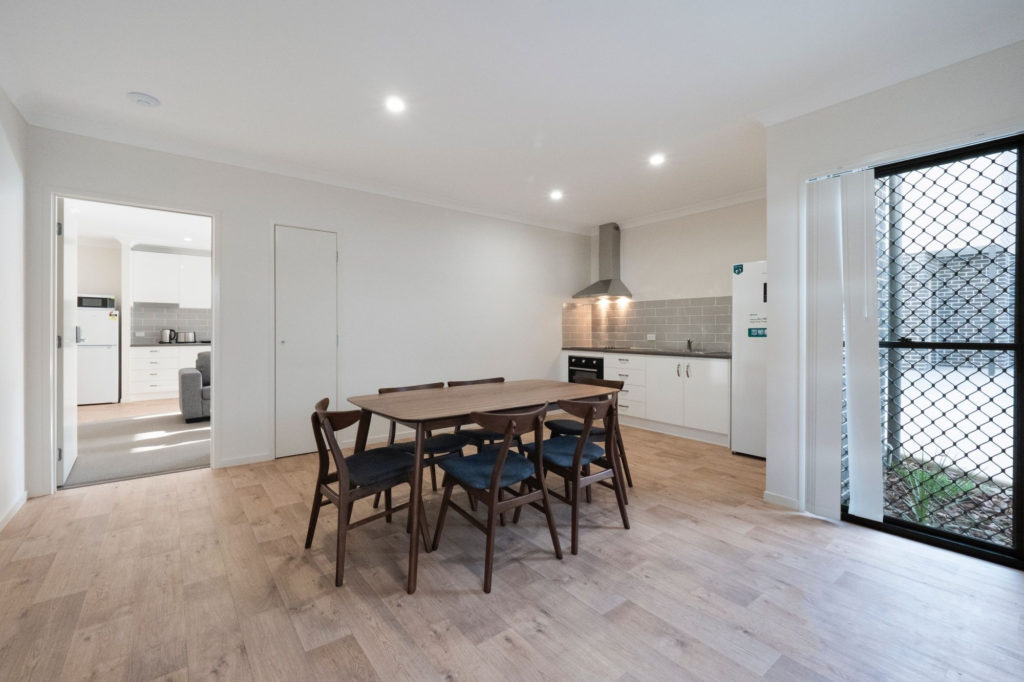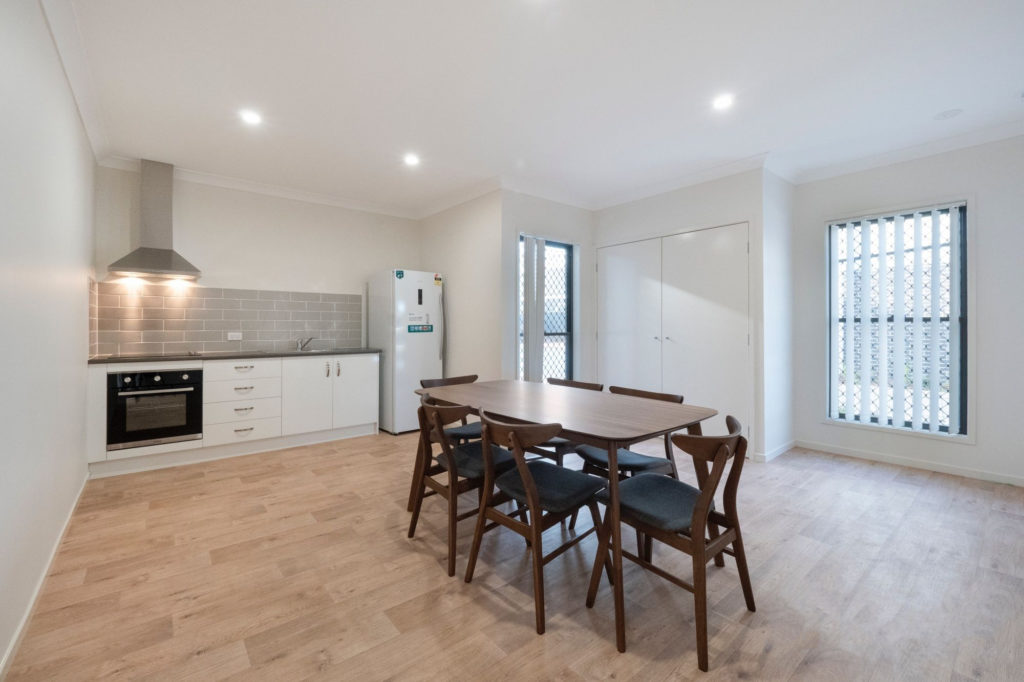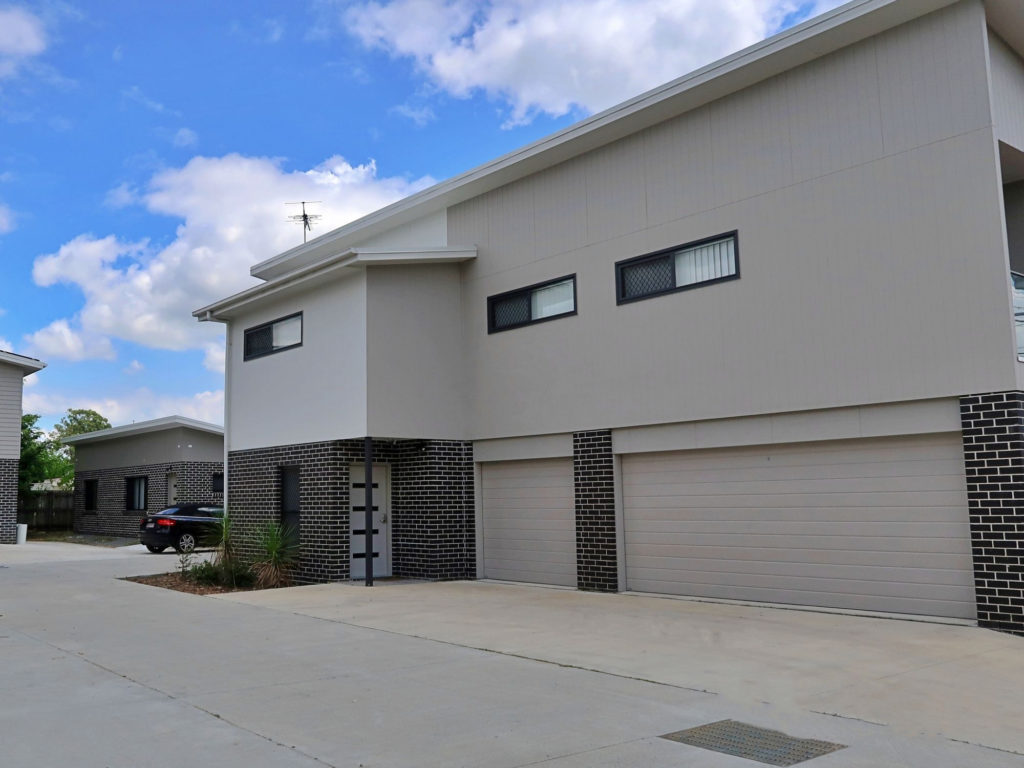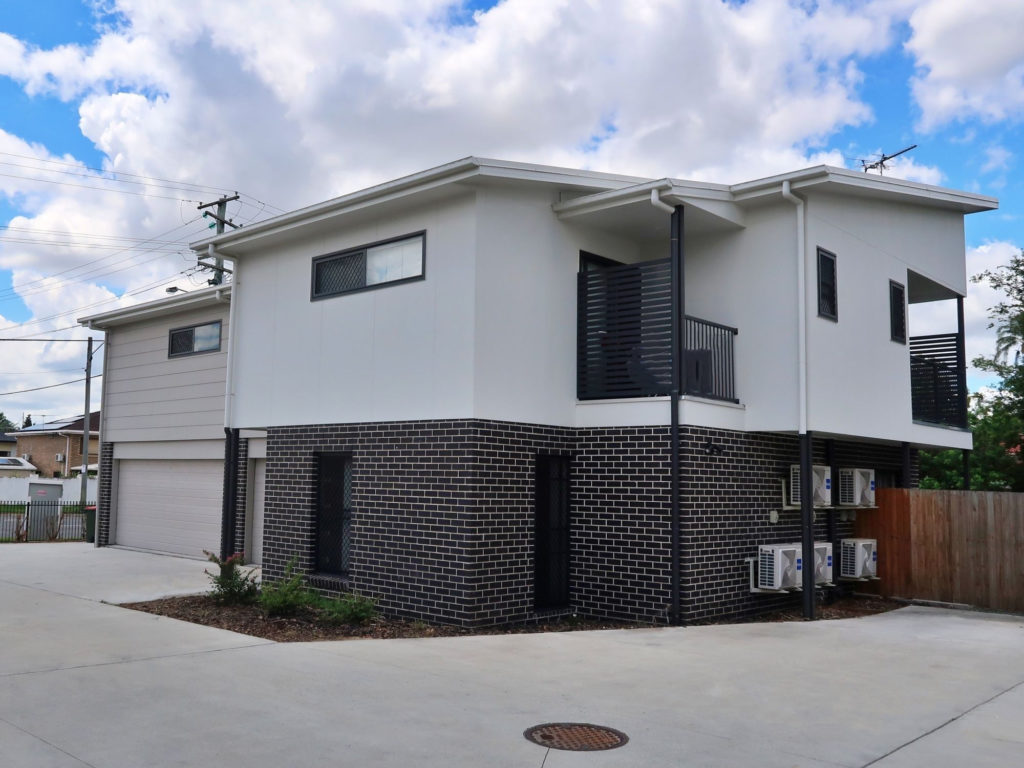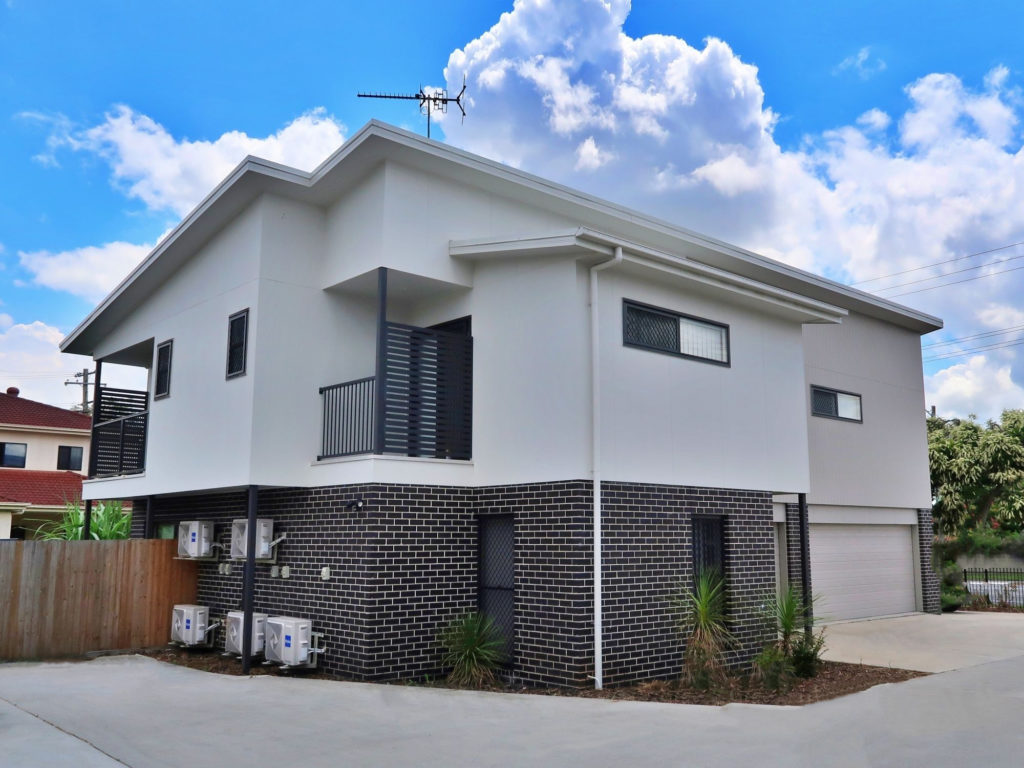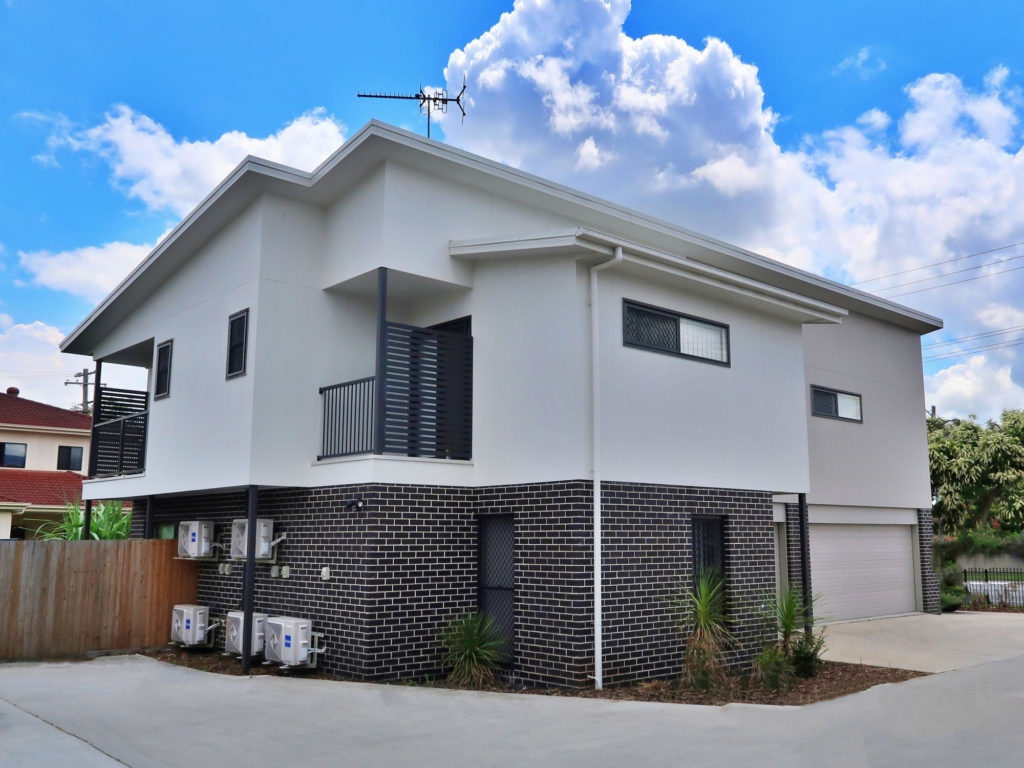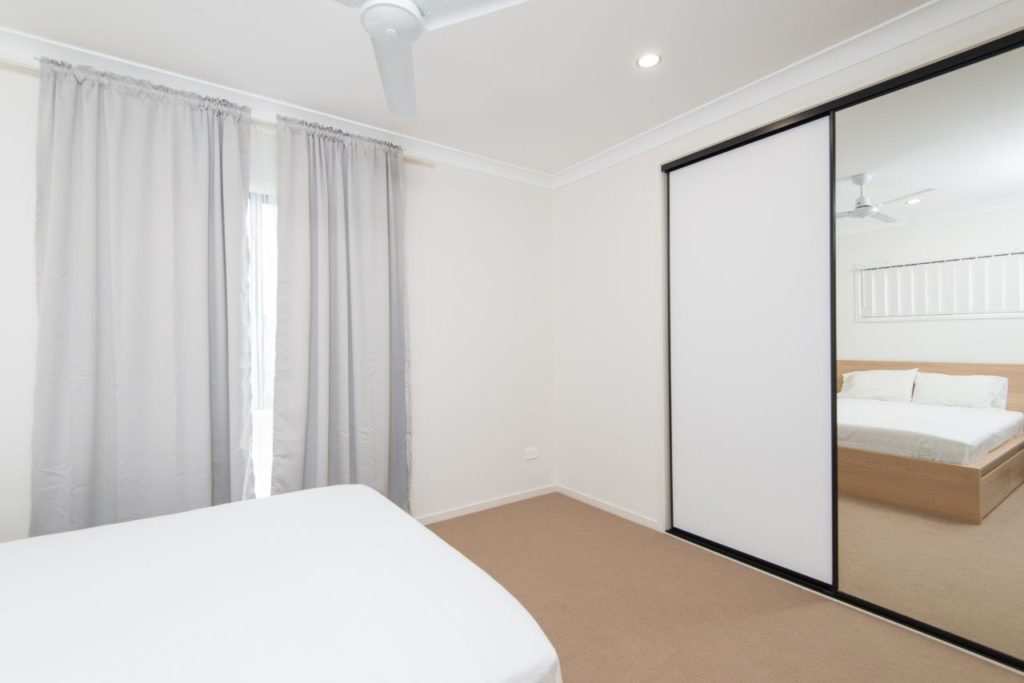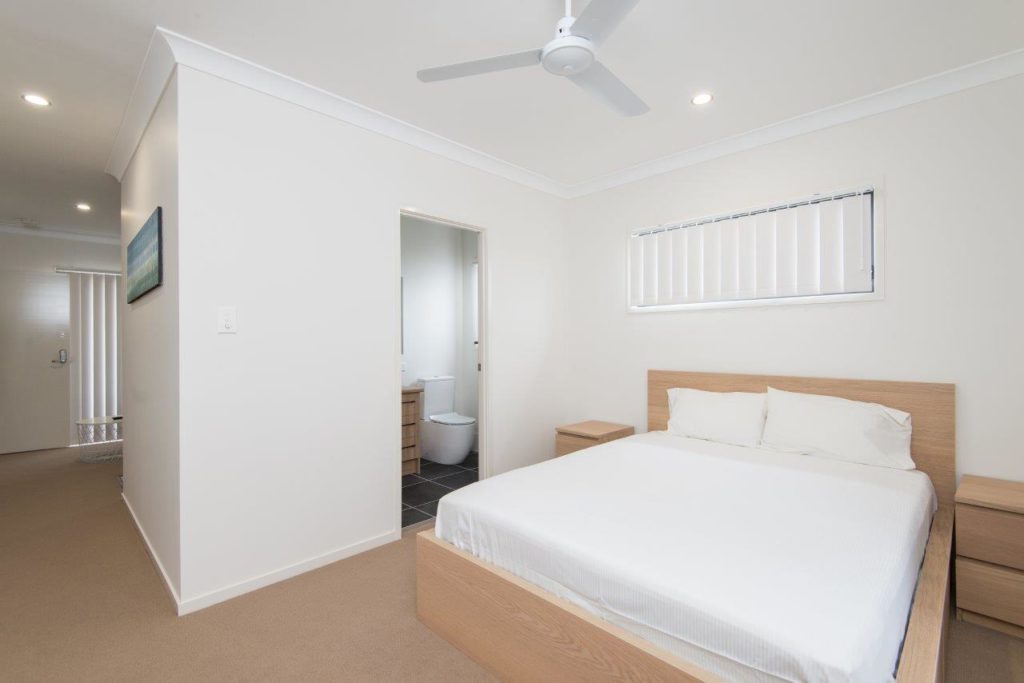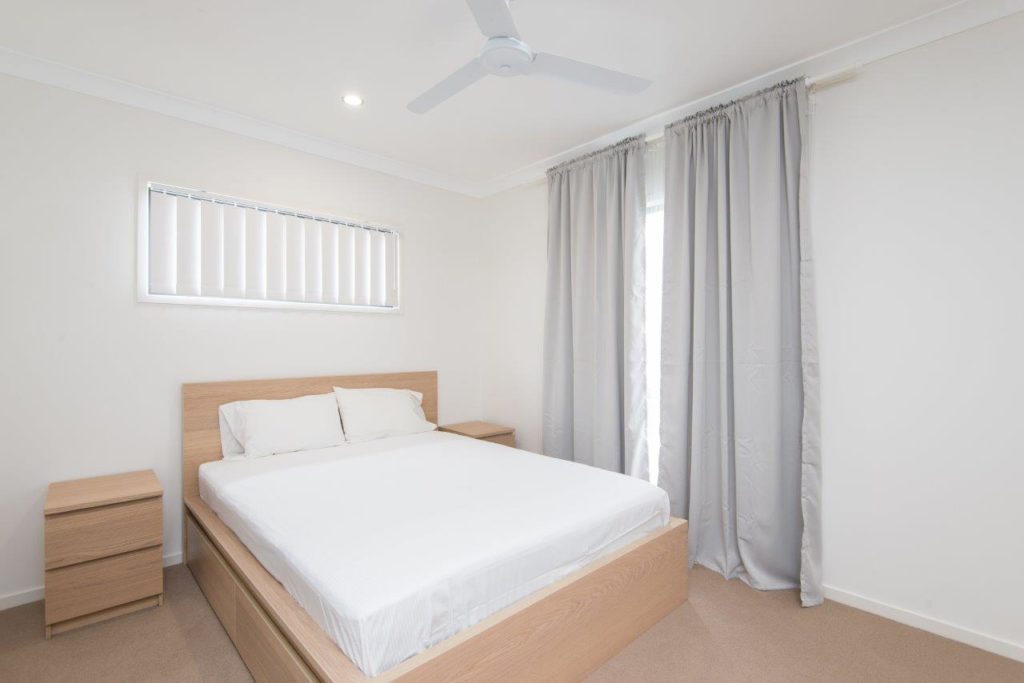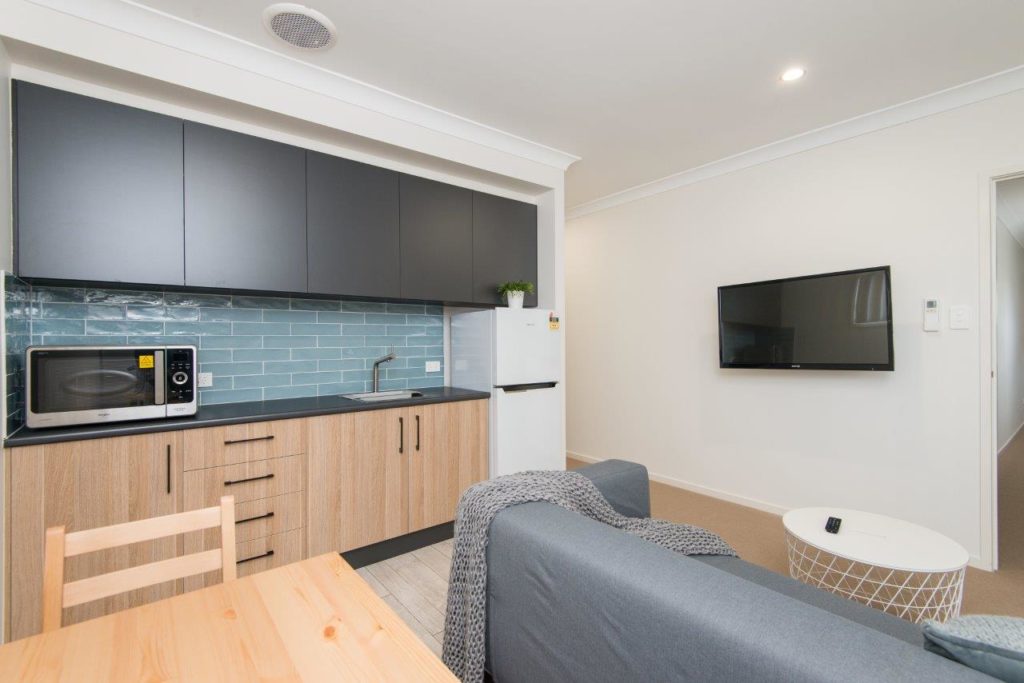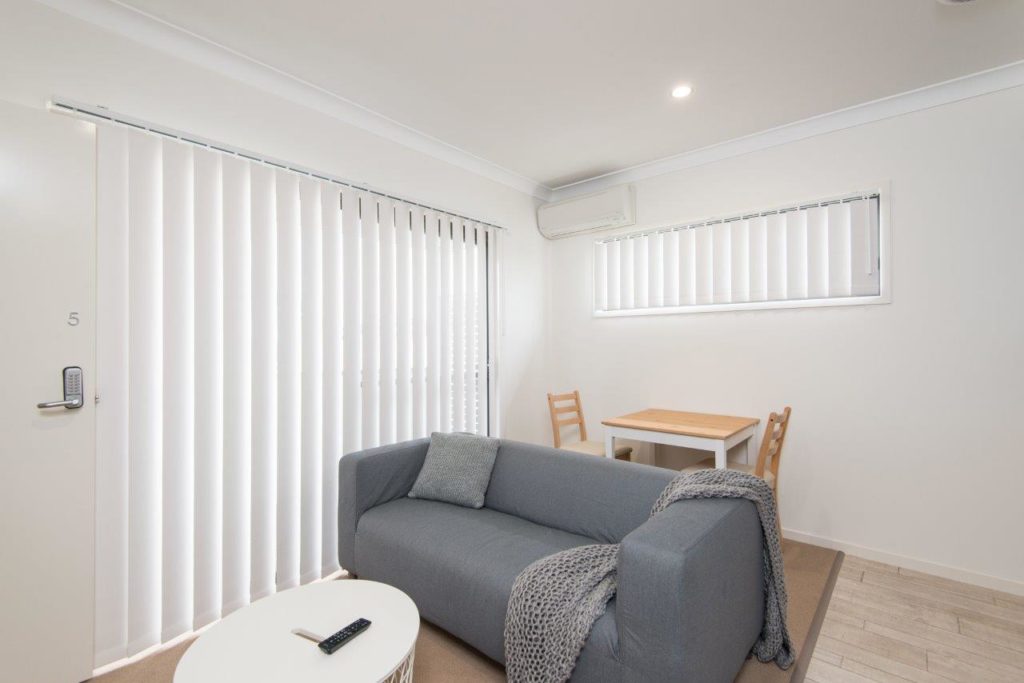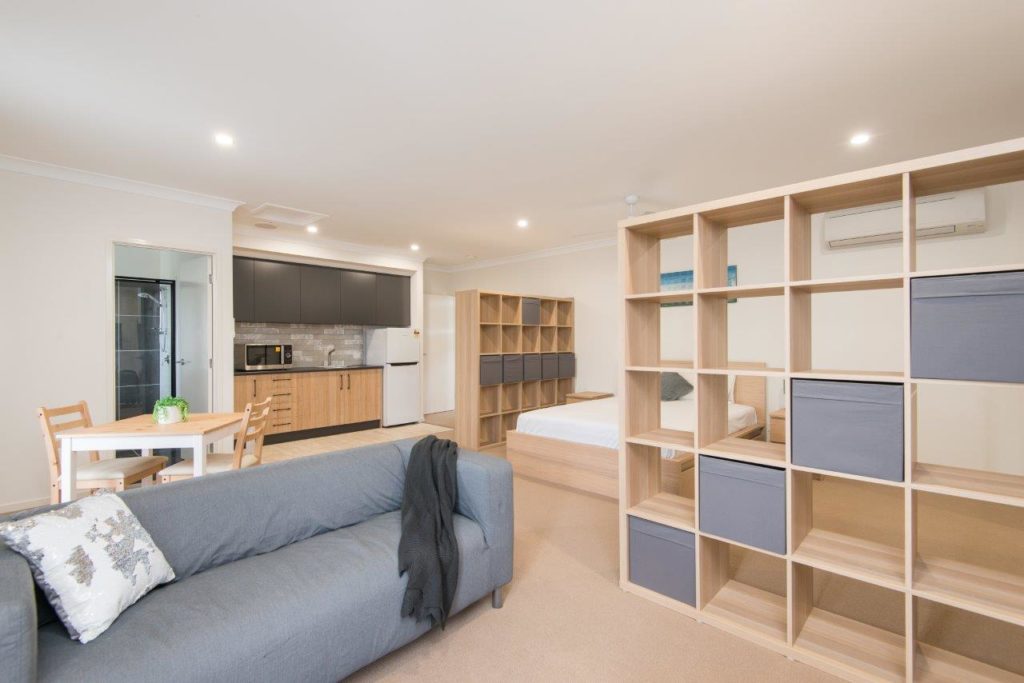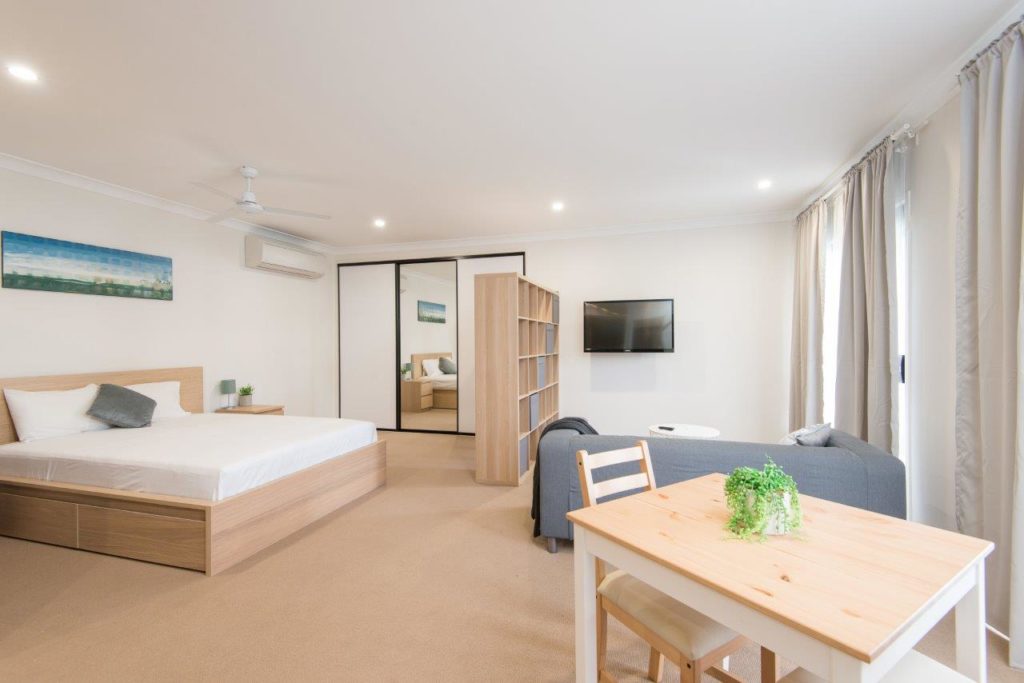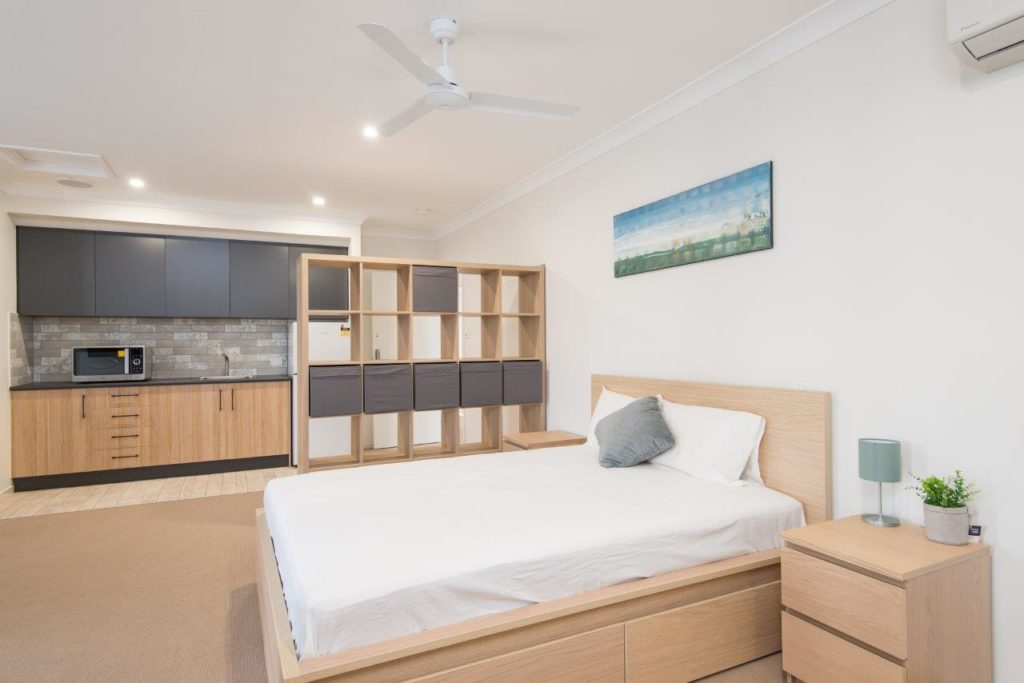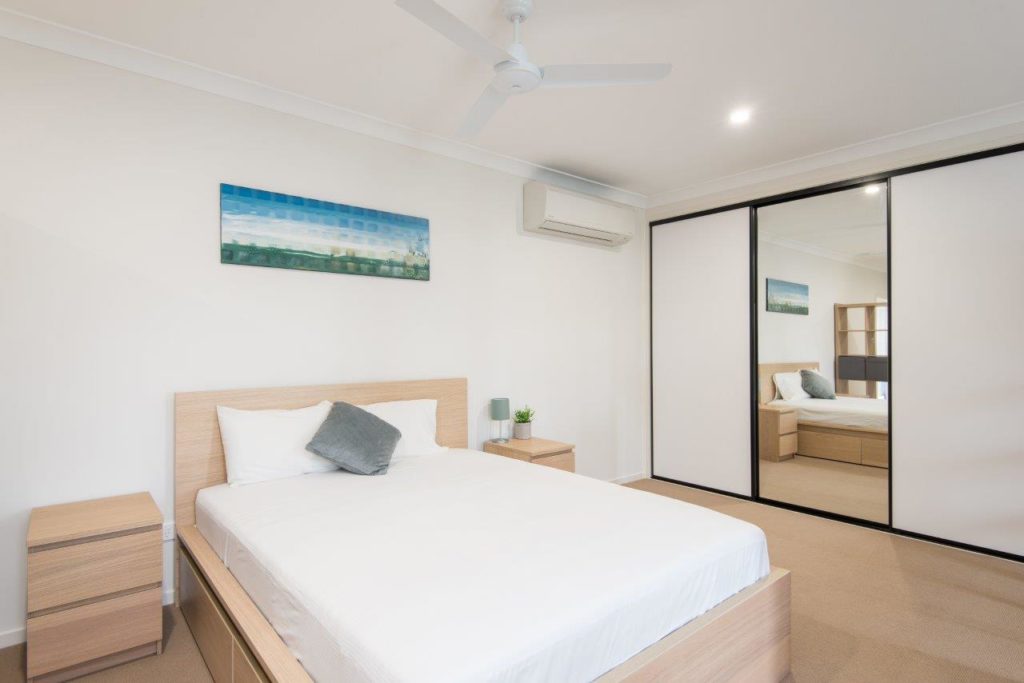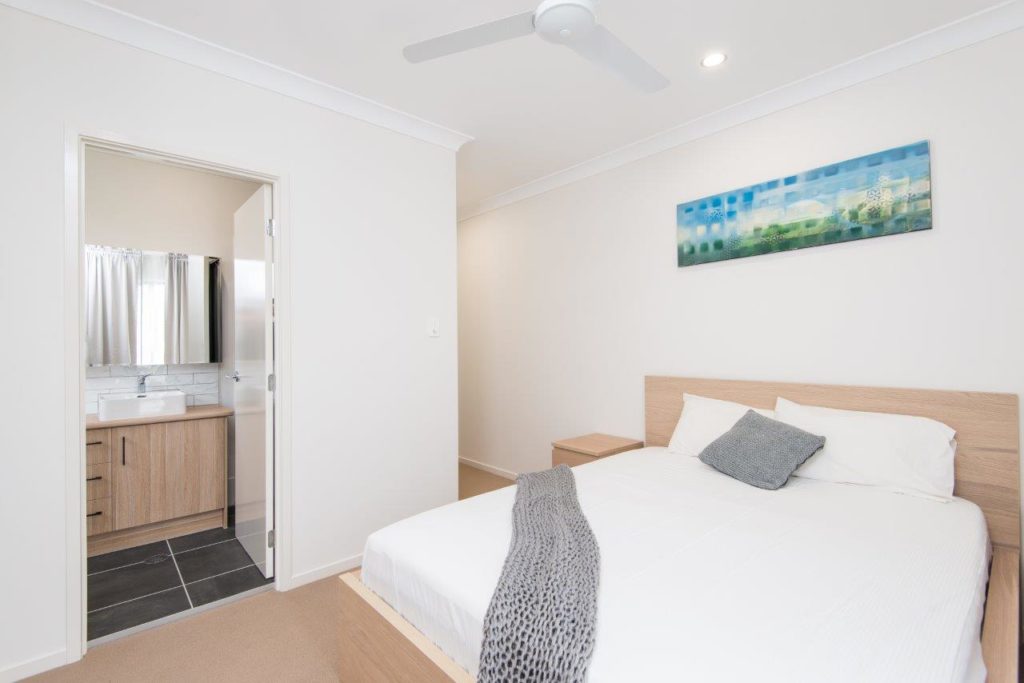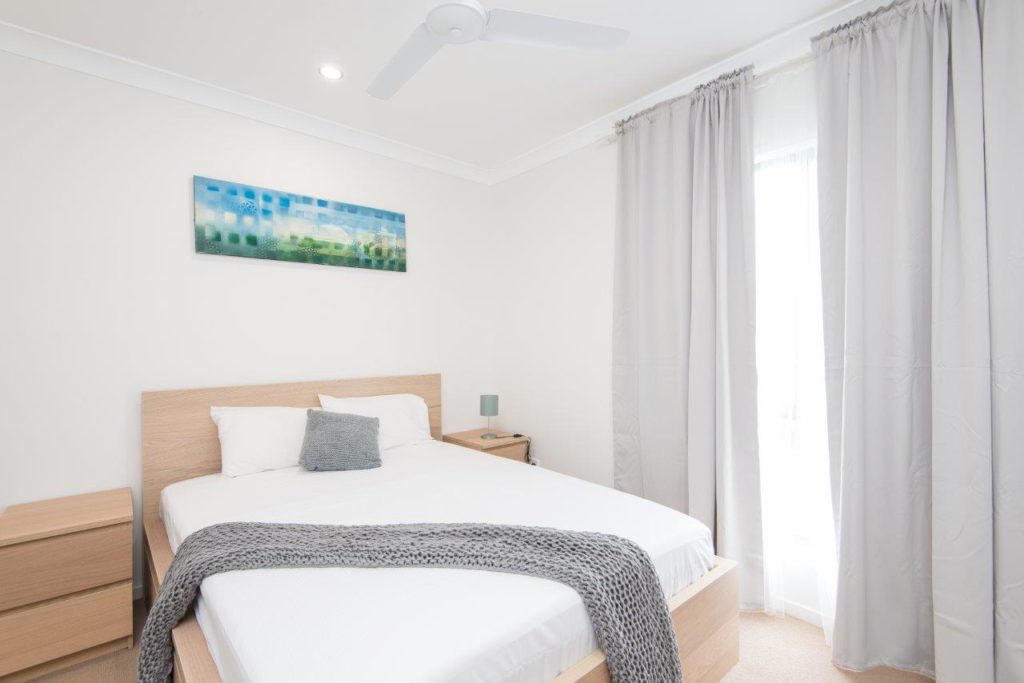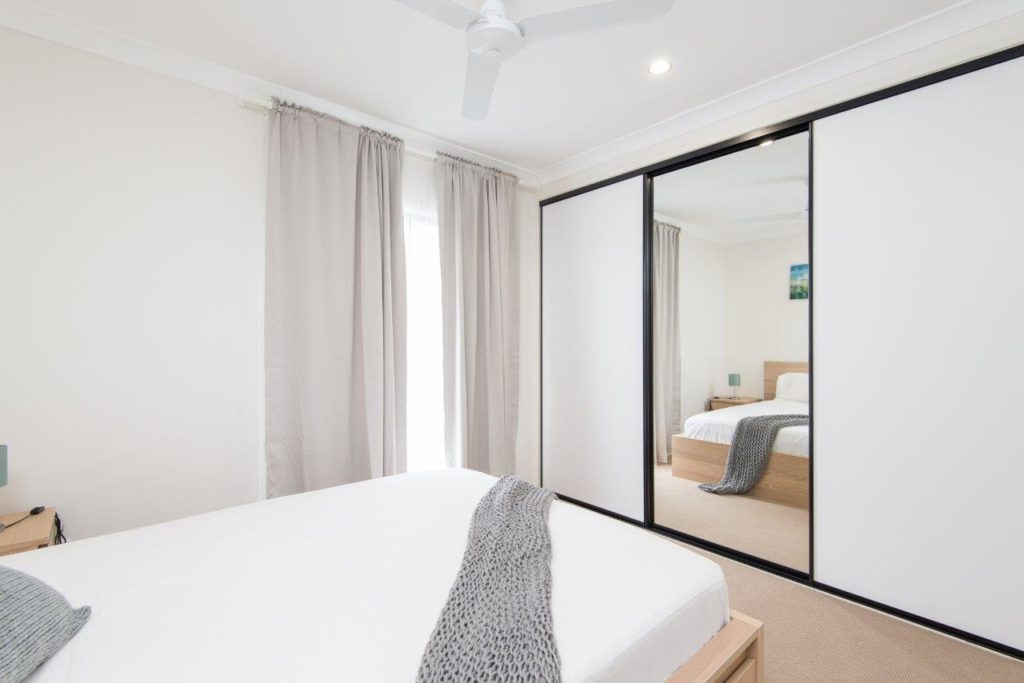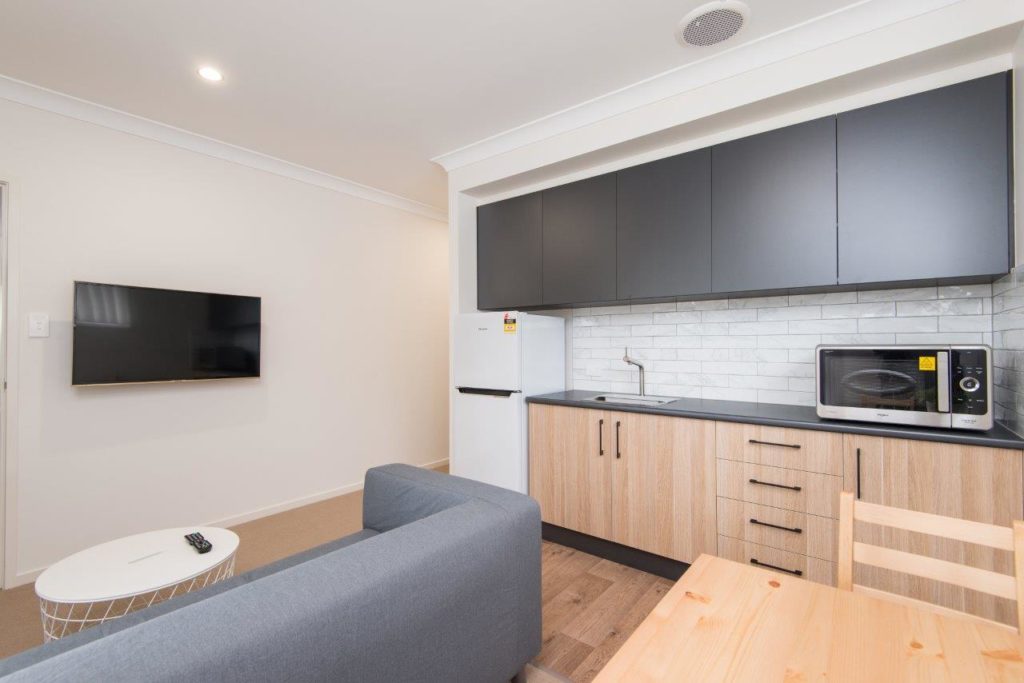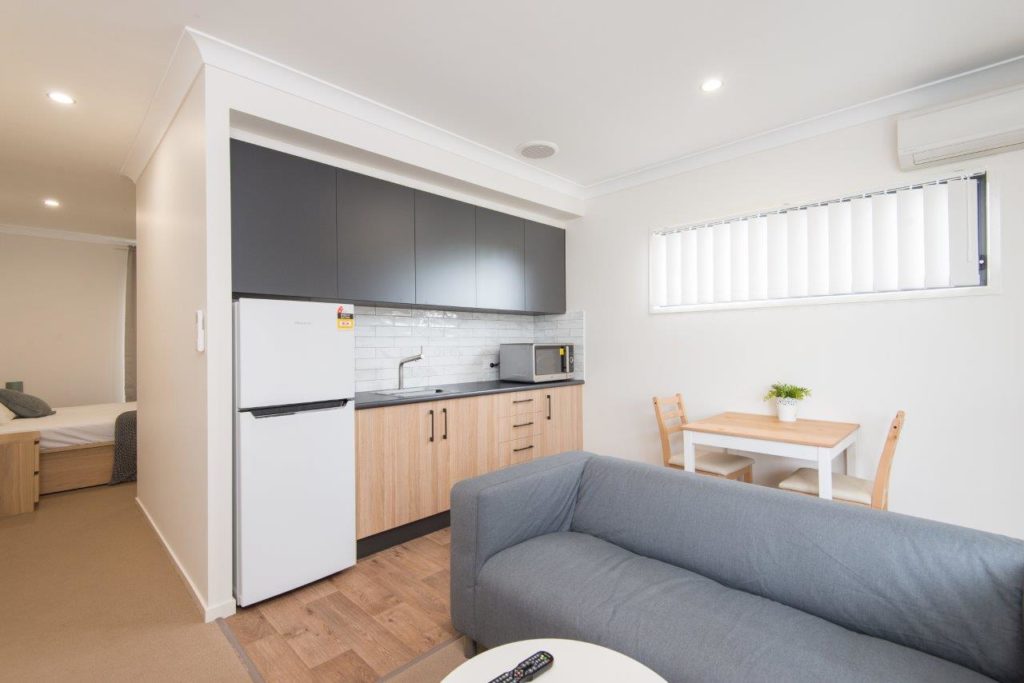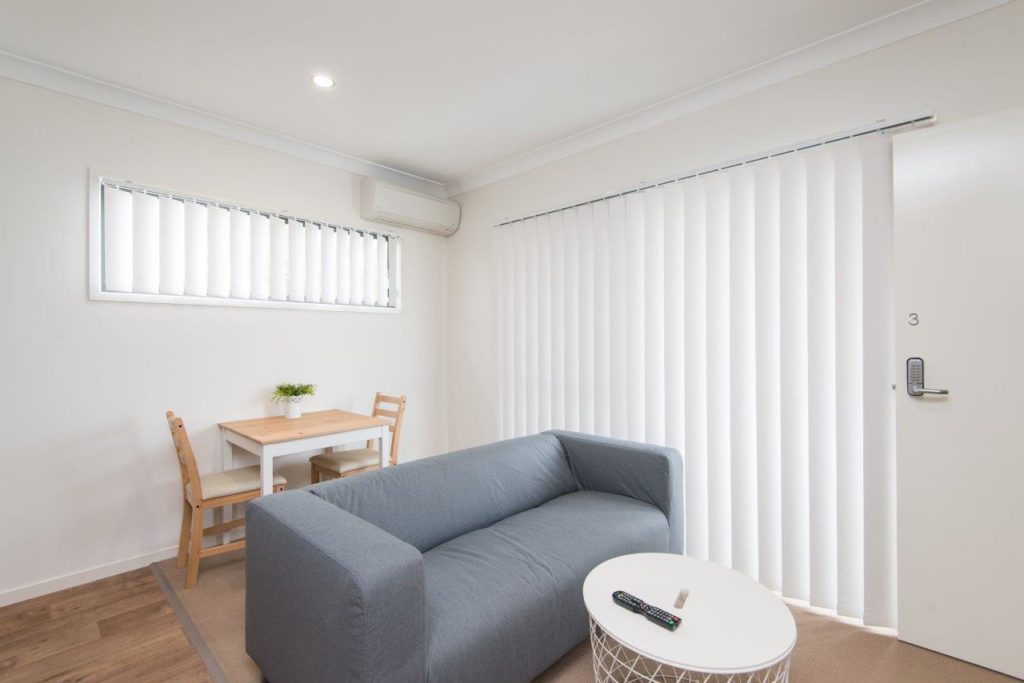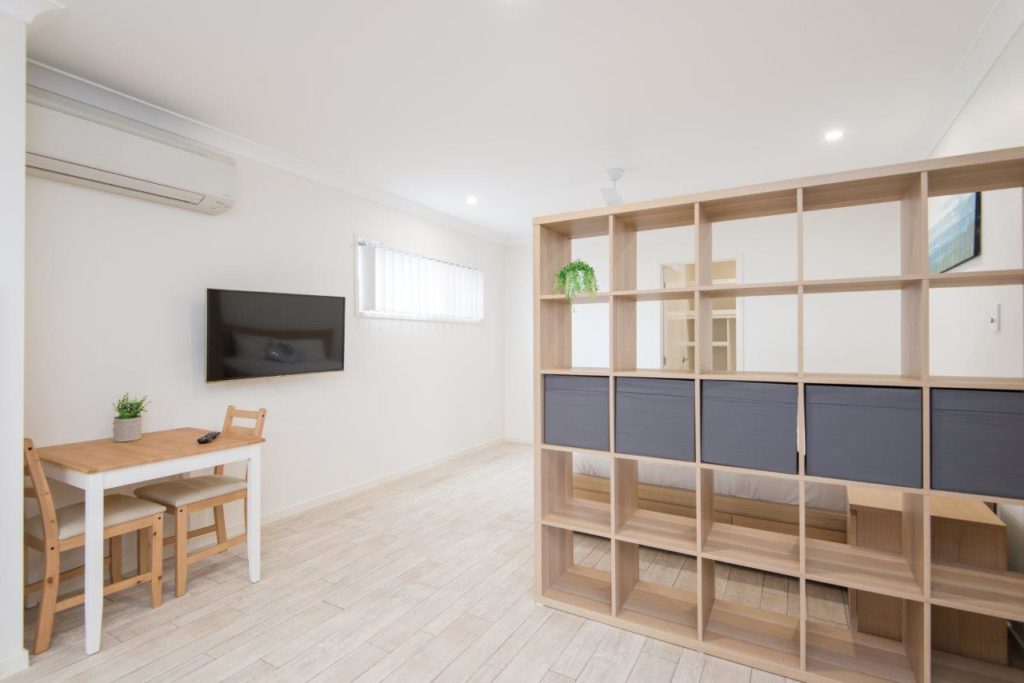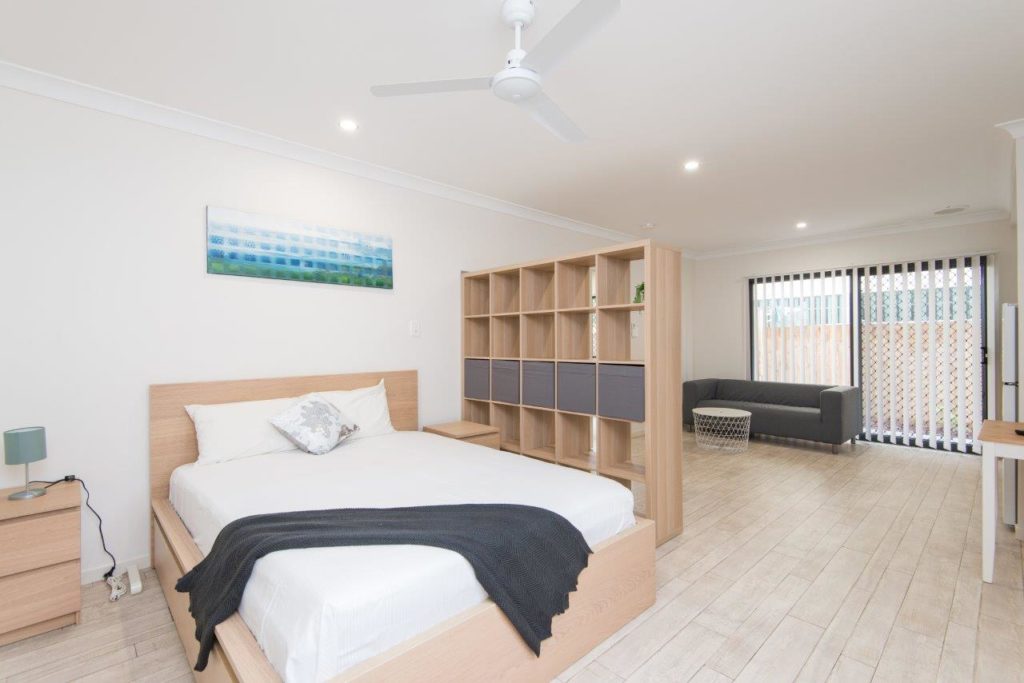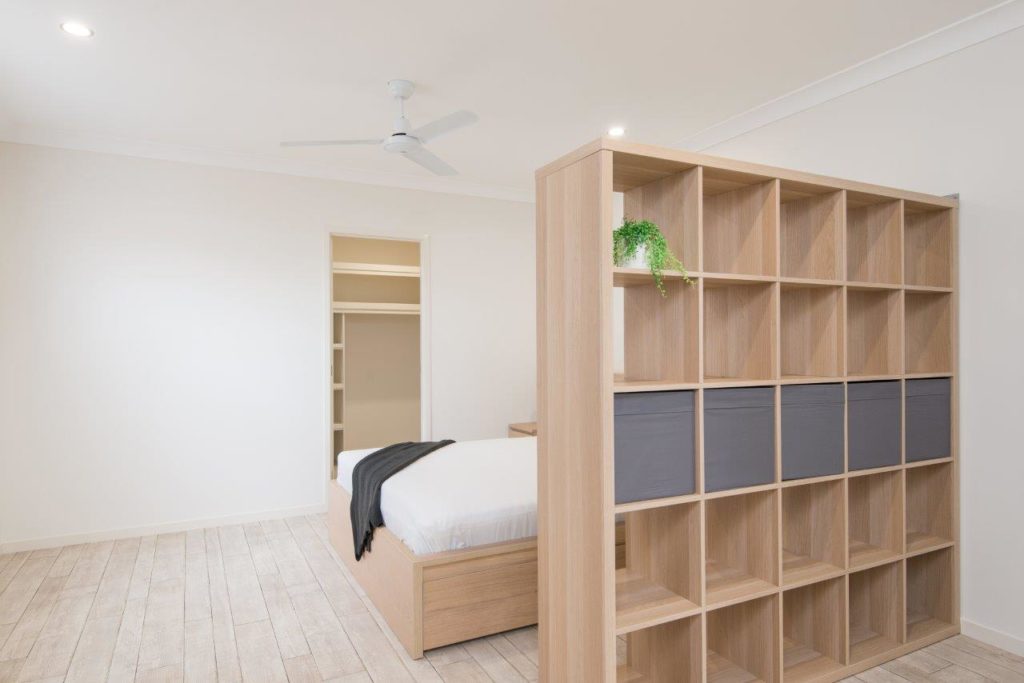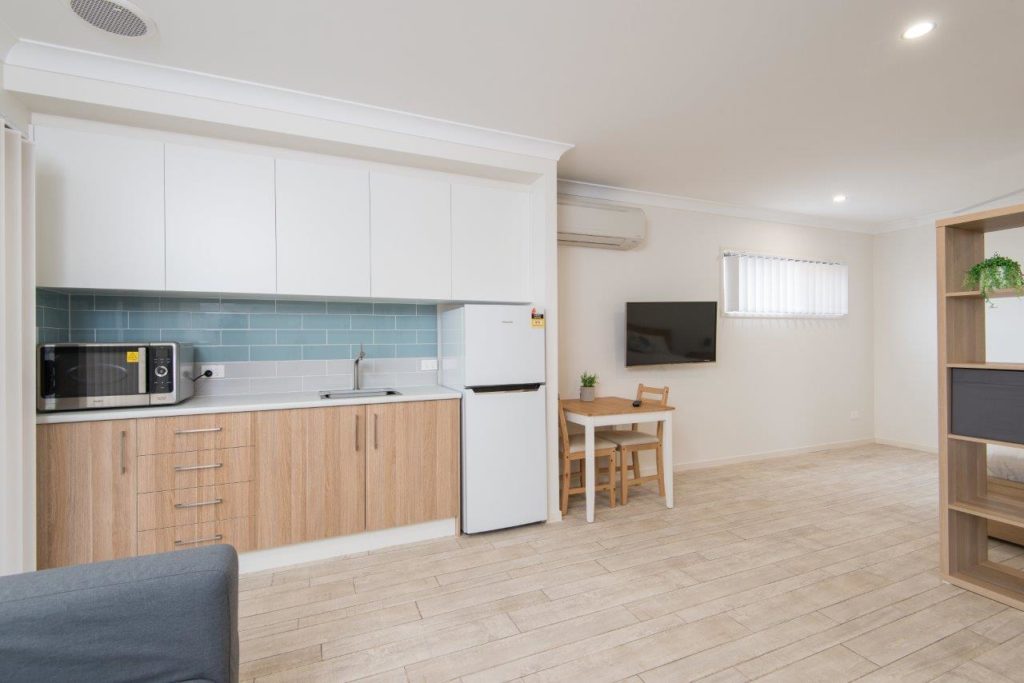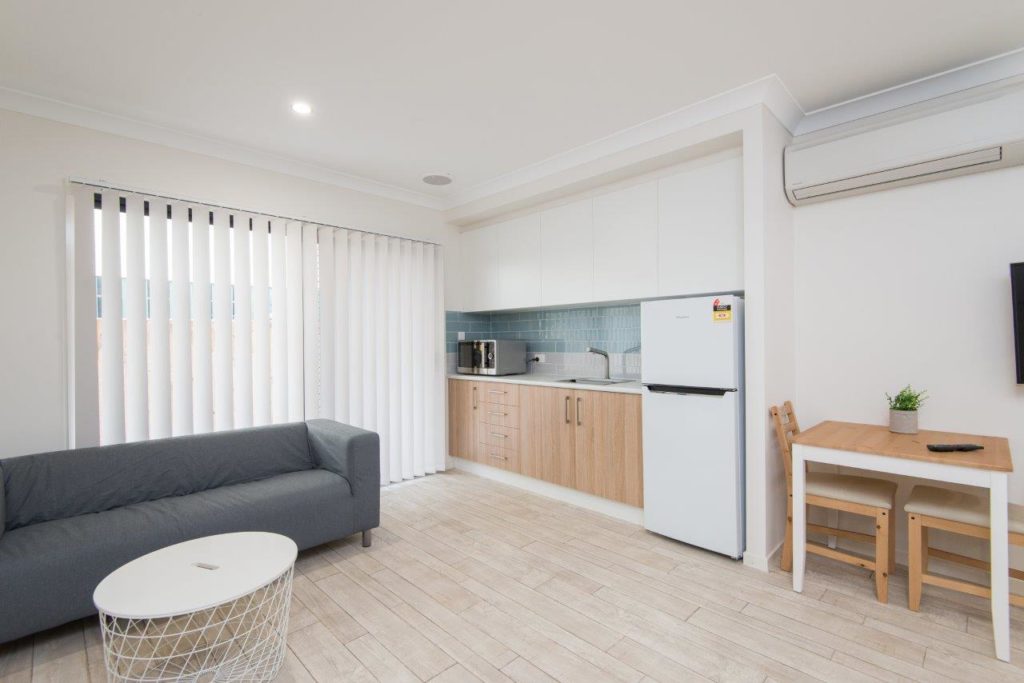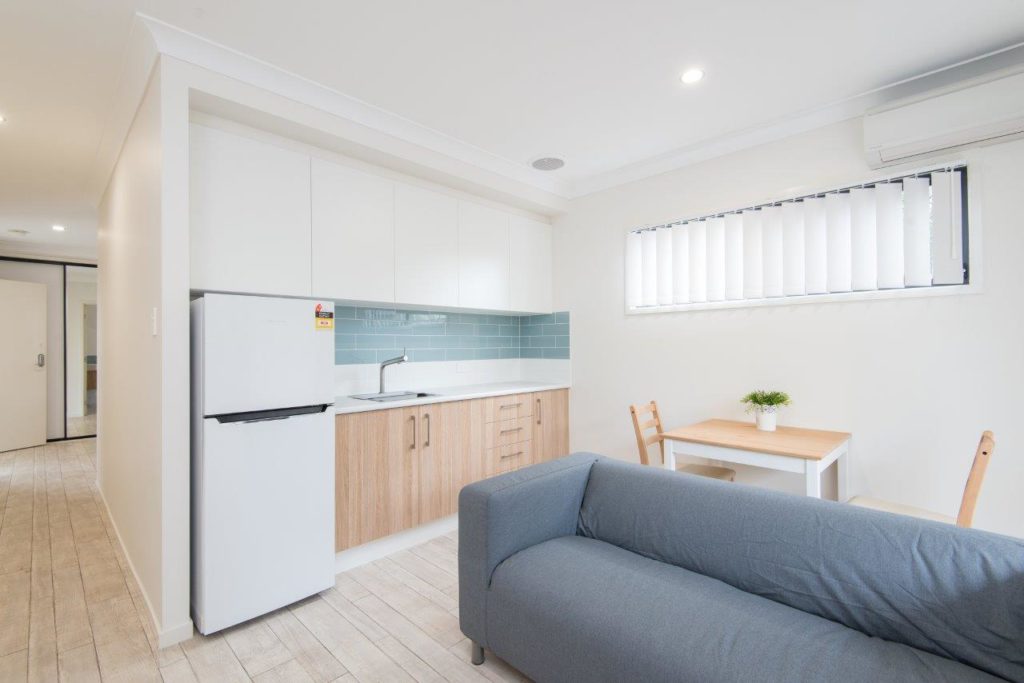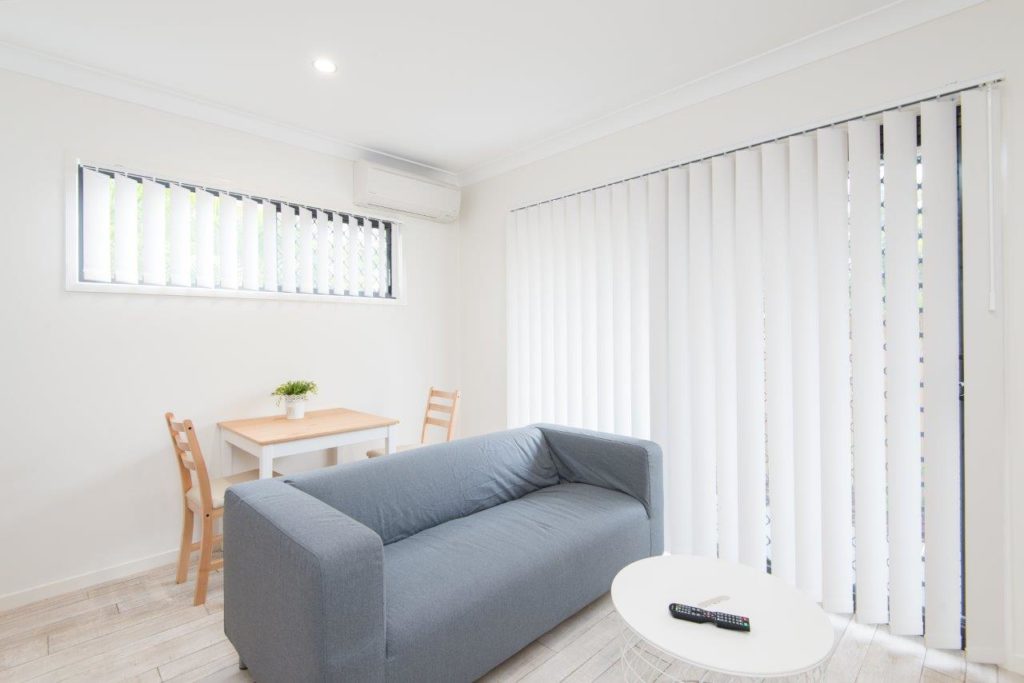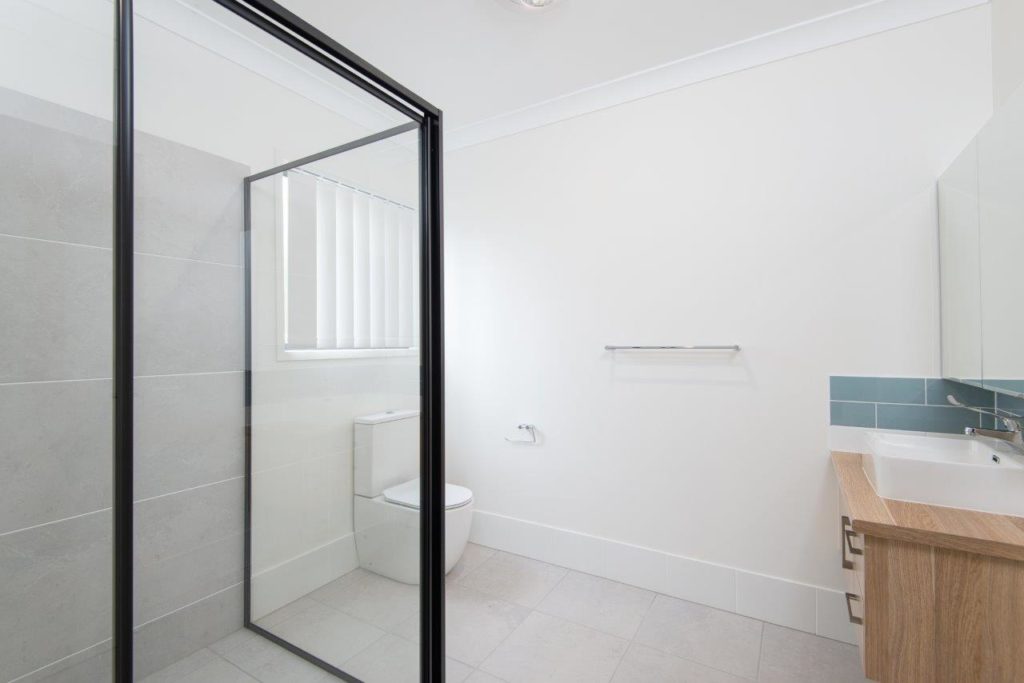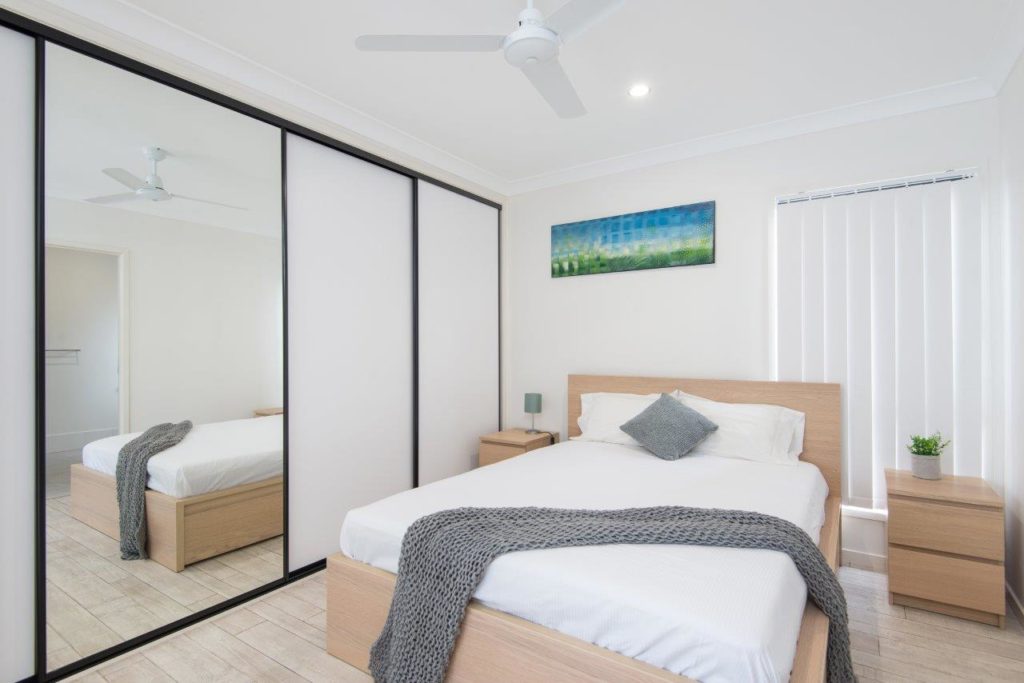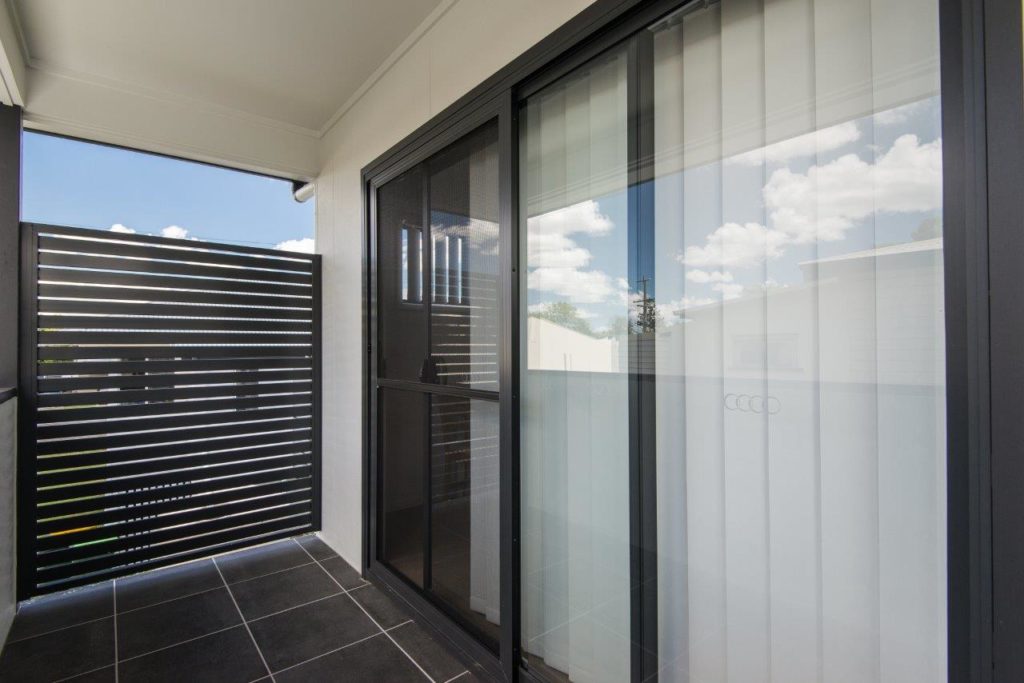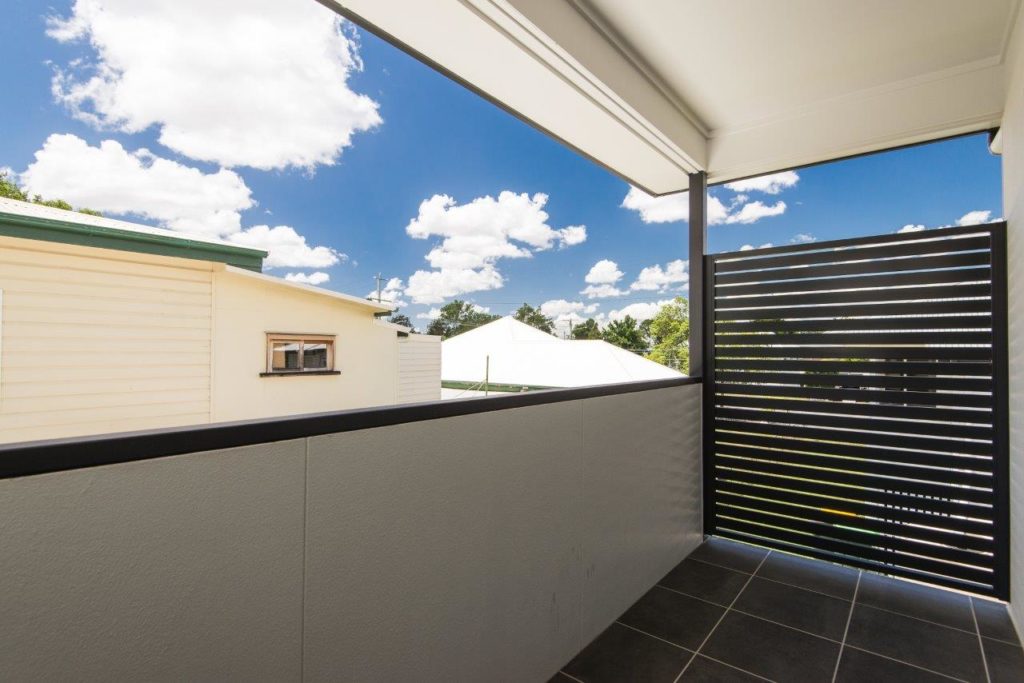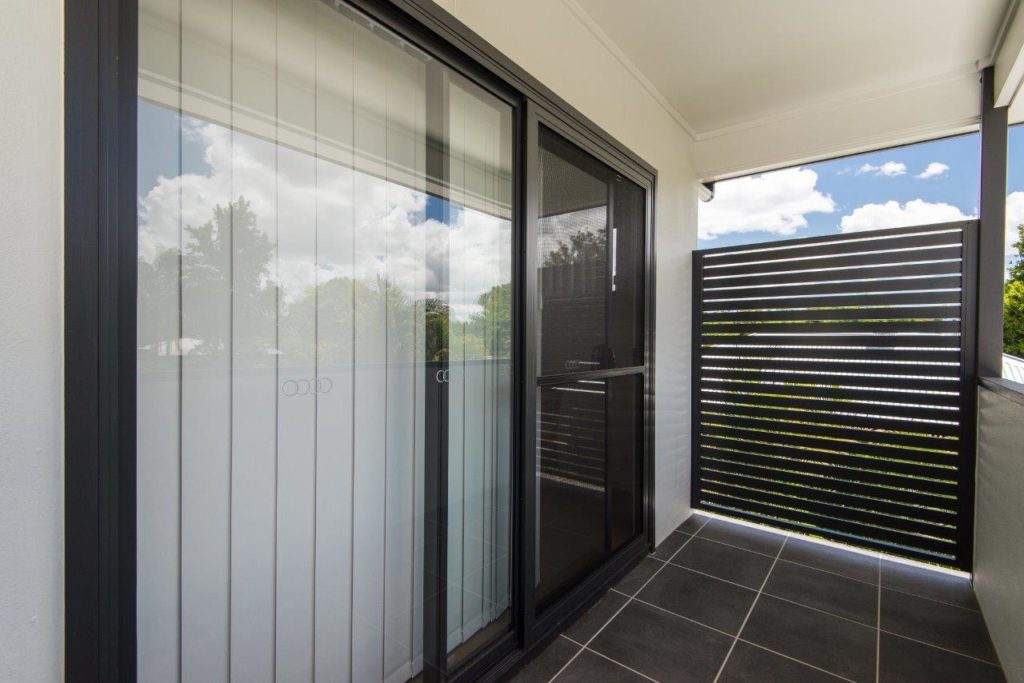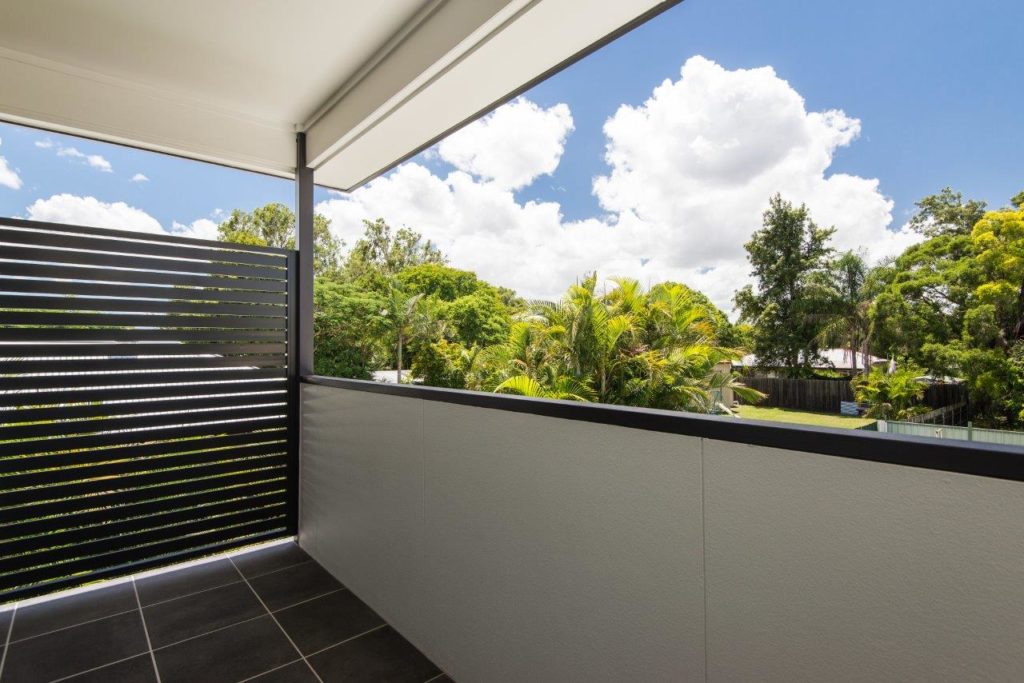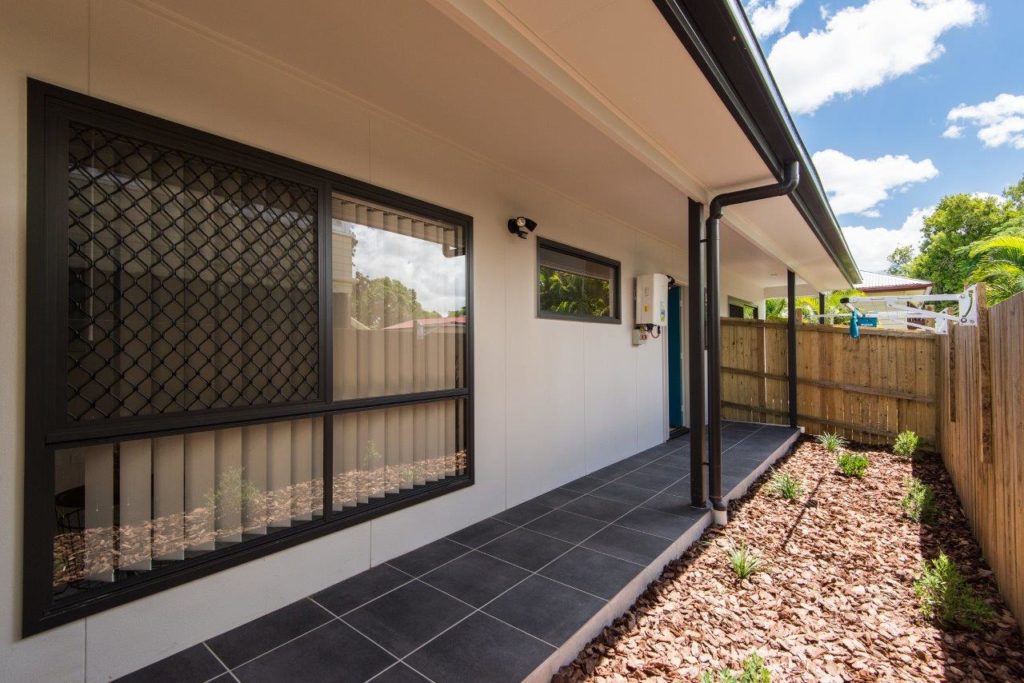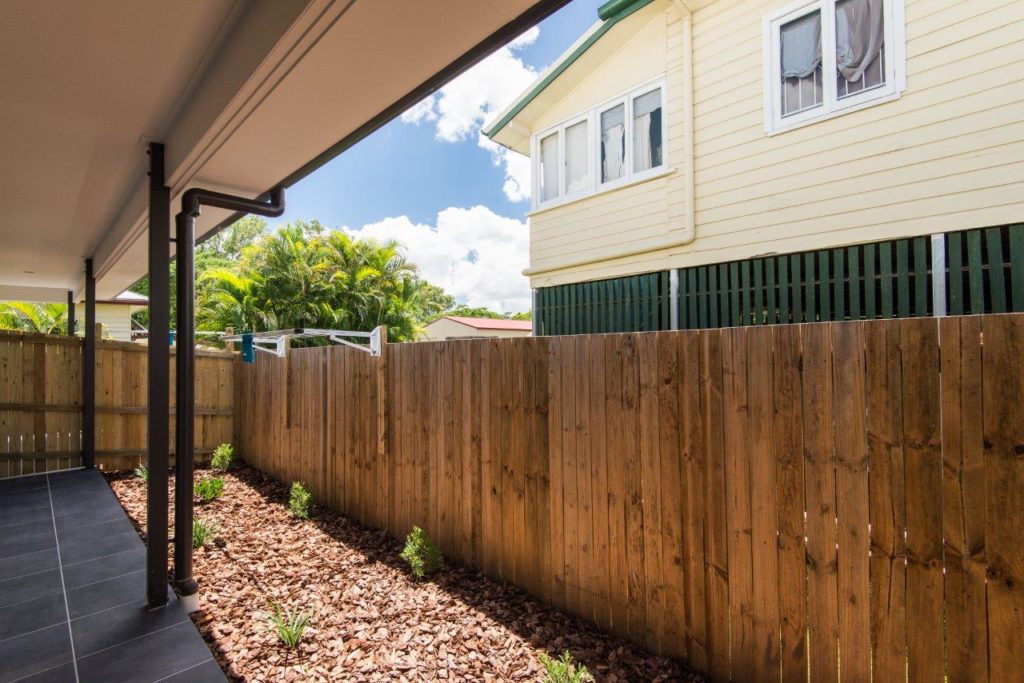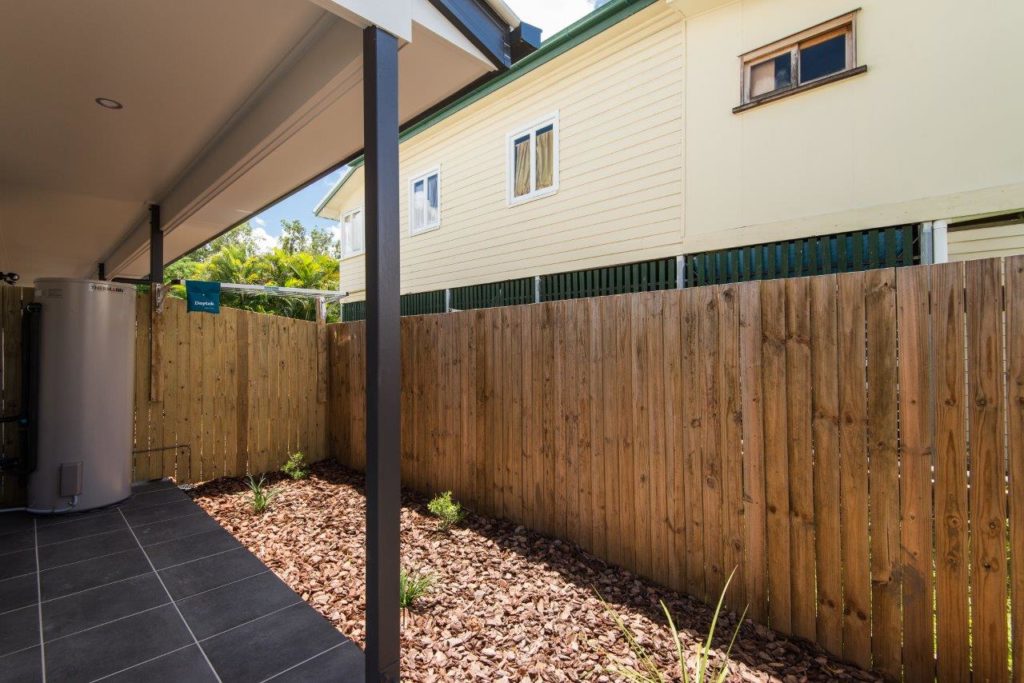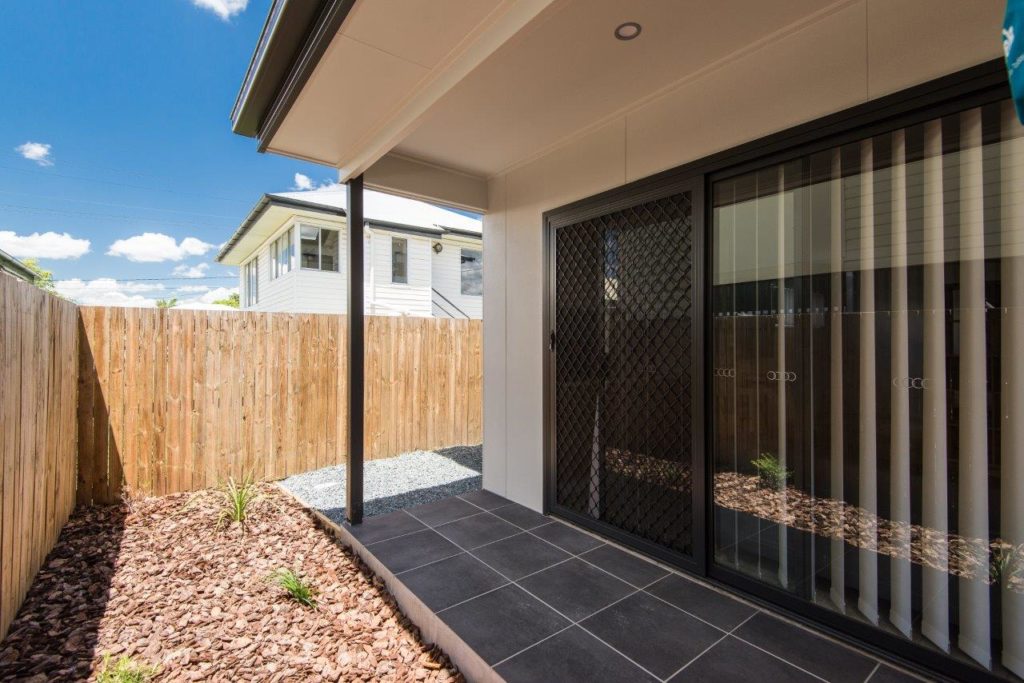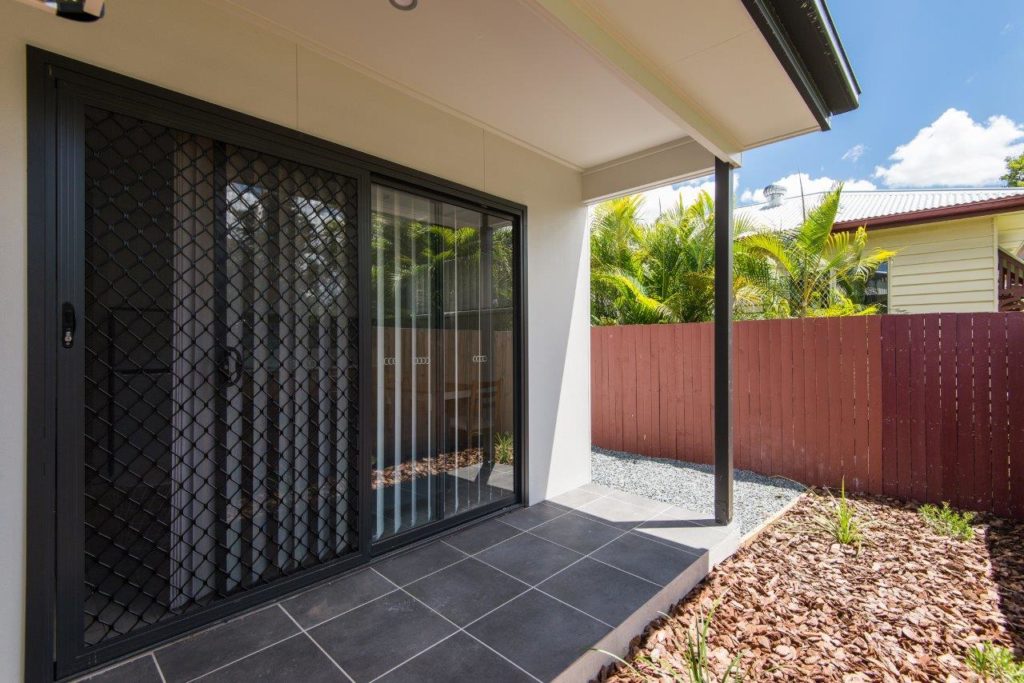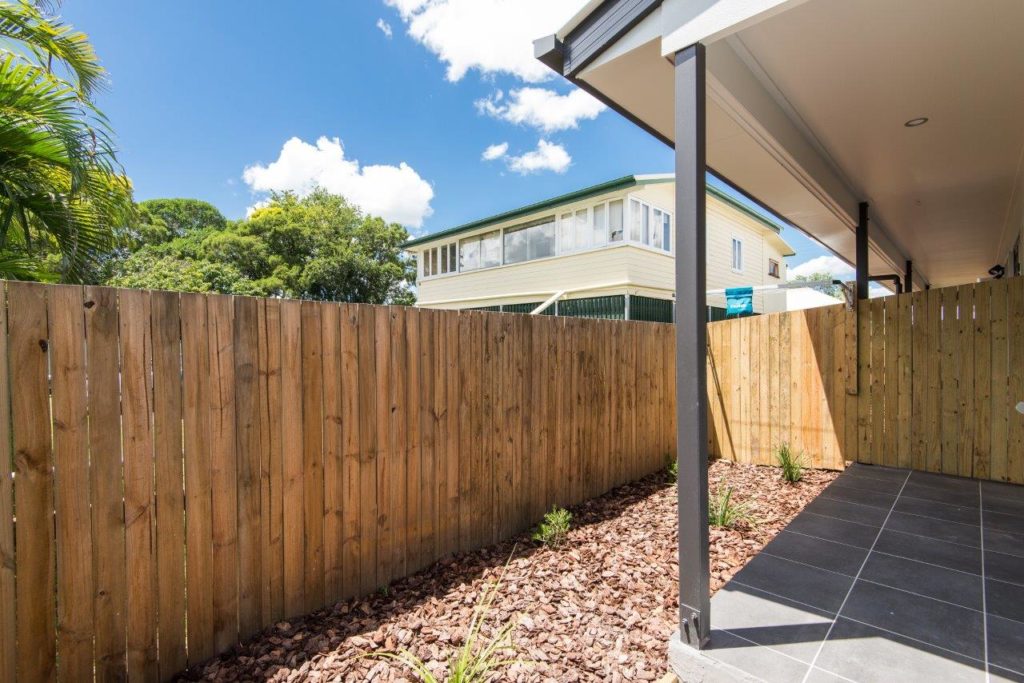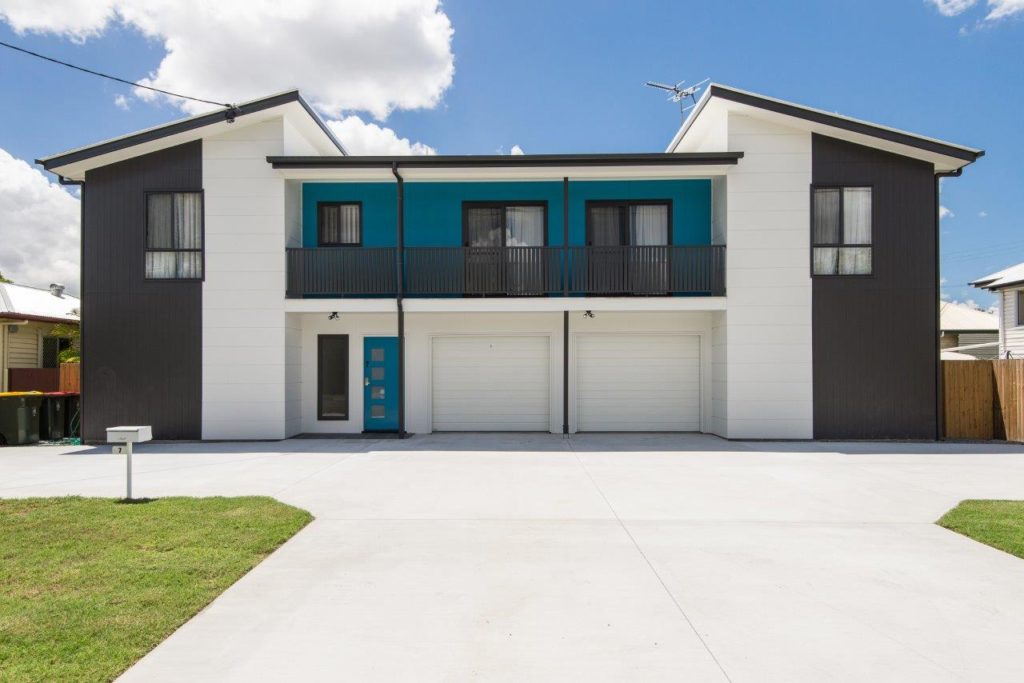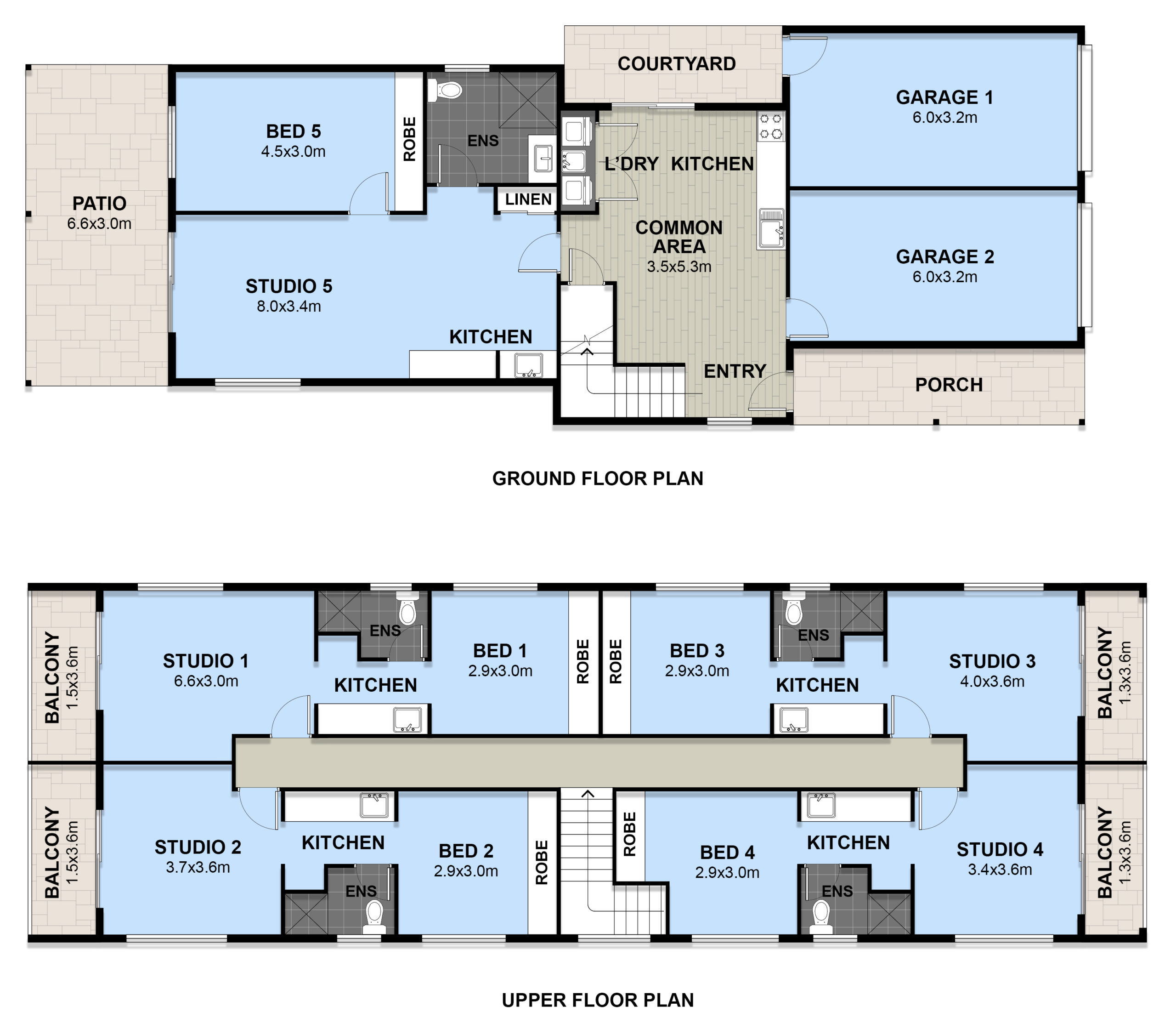Brisbane City Council‘s rooming accommodation is a term that is defined in the Planning Regulation 2017 – Regulated Requirements and is reflected in Brisbane City Plan 2014 accordingly. Rooming accommodation means the use of premises for the residential accommodation, if each resident:
WHAT IS ROOMING ACCOMMODATION?
ROOMING ACCOMMODATION – DEFINED
- has a right to occupy one or more rooms on the premises; and
- does not have a right to occupy the whole of the premises; and
- does not occupy a self-contained unit, as defined under the Residential Tenancies and Rooming Accommodation Act 2008, Schedule 2, or has only limited facilities available for private use; and
- shares other rooms, facilities, furniture equipment outside of the resident’s room with one or more of the other residents, whether or not the rooms, facilities, furniture or equipment are on the same or different premises.
Rooming accommodation also includes:
- provision of a food or other services to residents *
- on-site management or staff and associated accommodation.
Examples of rooming accommodation include a boarding house, monastery, hostel and off-site student accommodation.
* common kitchen for the preparation of food for the five (5) residents. Visit the common room gallery: https://investis.com.au/rooming-accommodation-common-area/
ROOMING ACCOMMODATION DEFINED – MORE INFORMATION
ROOMING ACCOMMODATION CODE – MORE INFORMATION
Ideal Brisbane City Council Zoning
- Any zone in the Centre Zone Category;
- High density residential zone;
- Medium density residential zone;
- Low-medium density residential zone;
- Mixed use zone;
- Major health care zone precinct of the Community facilities zone; and
- The major education and research facility zone precinct of the specialised centre zone.
Brisbane City Council Location Criteria
- Where proposed within a Residential Zone, ideally not located adjoining a Dwelling house. Where adjoining a dwelling house, Impact Assessment will be triggered; and
- Within 800m walking distance of a dedicated pedestrian access point of an educational establishment where a higher education campus (e.g. university or technical institute).
Lot Size / Dimensions
- Minimum 300 m2
REFERENCES
Due diligence has been undertaken to prepare this information. The information contained within is subject to change. This is a general guide only and external professional advice should always be sought.


